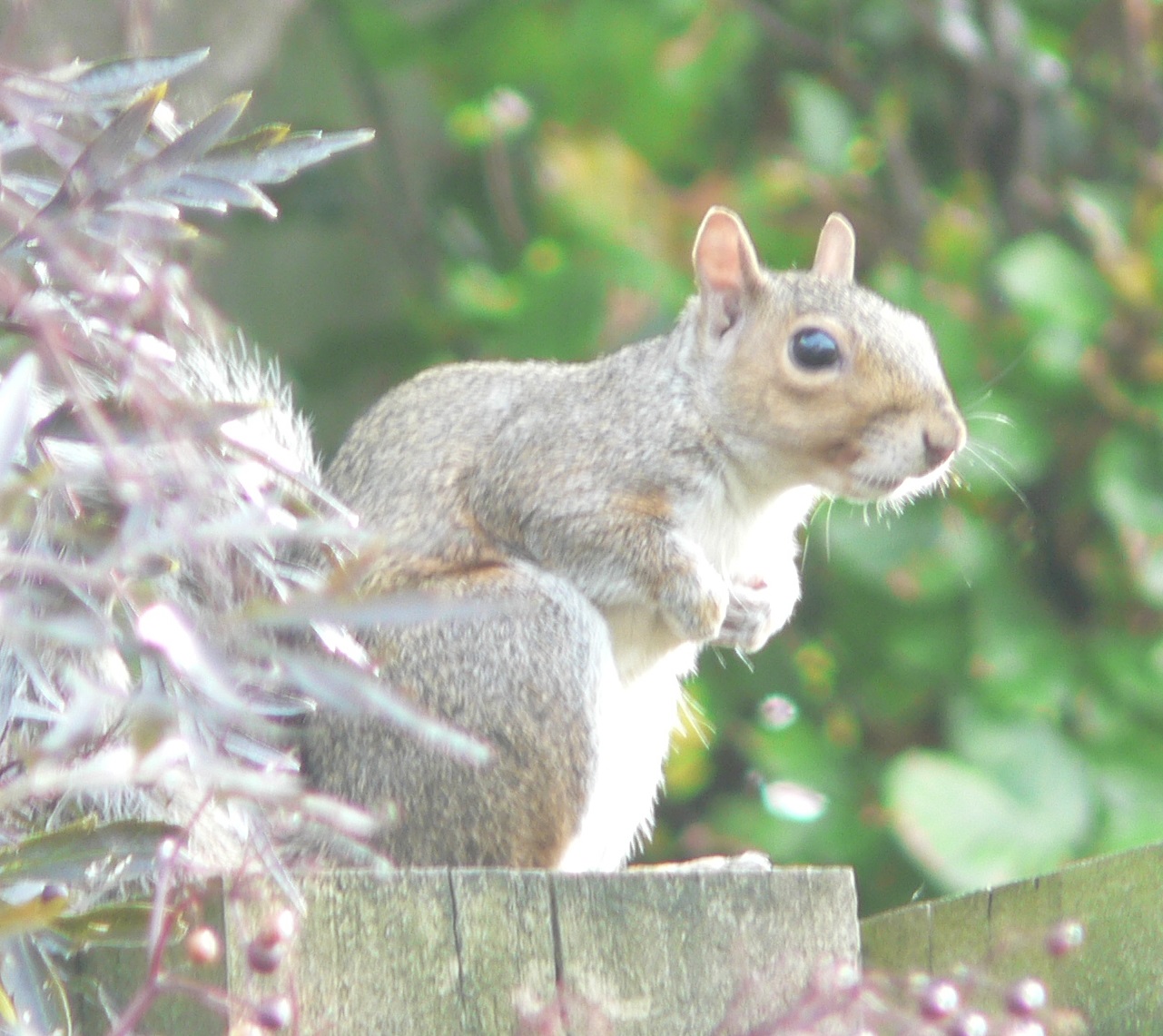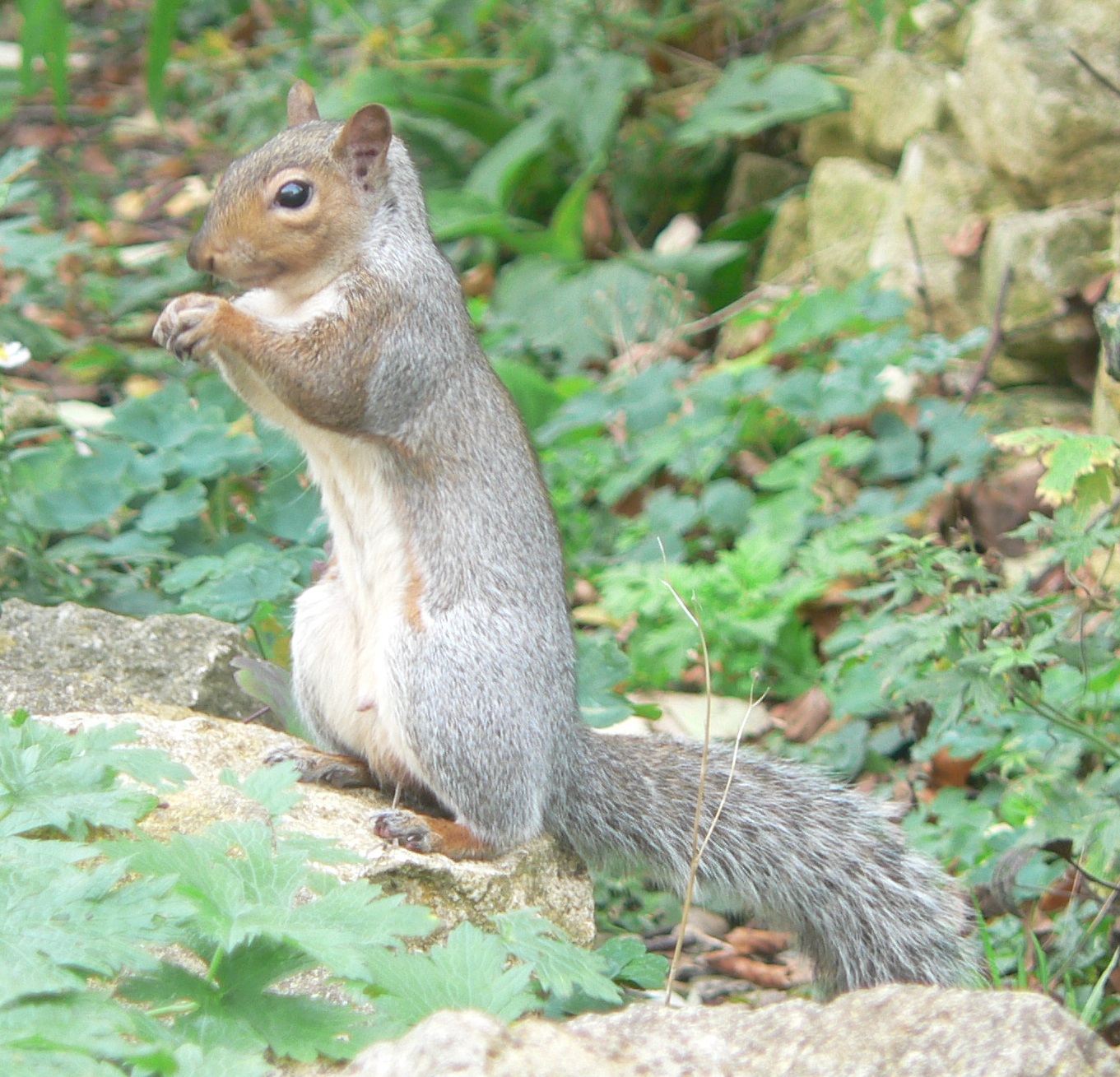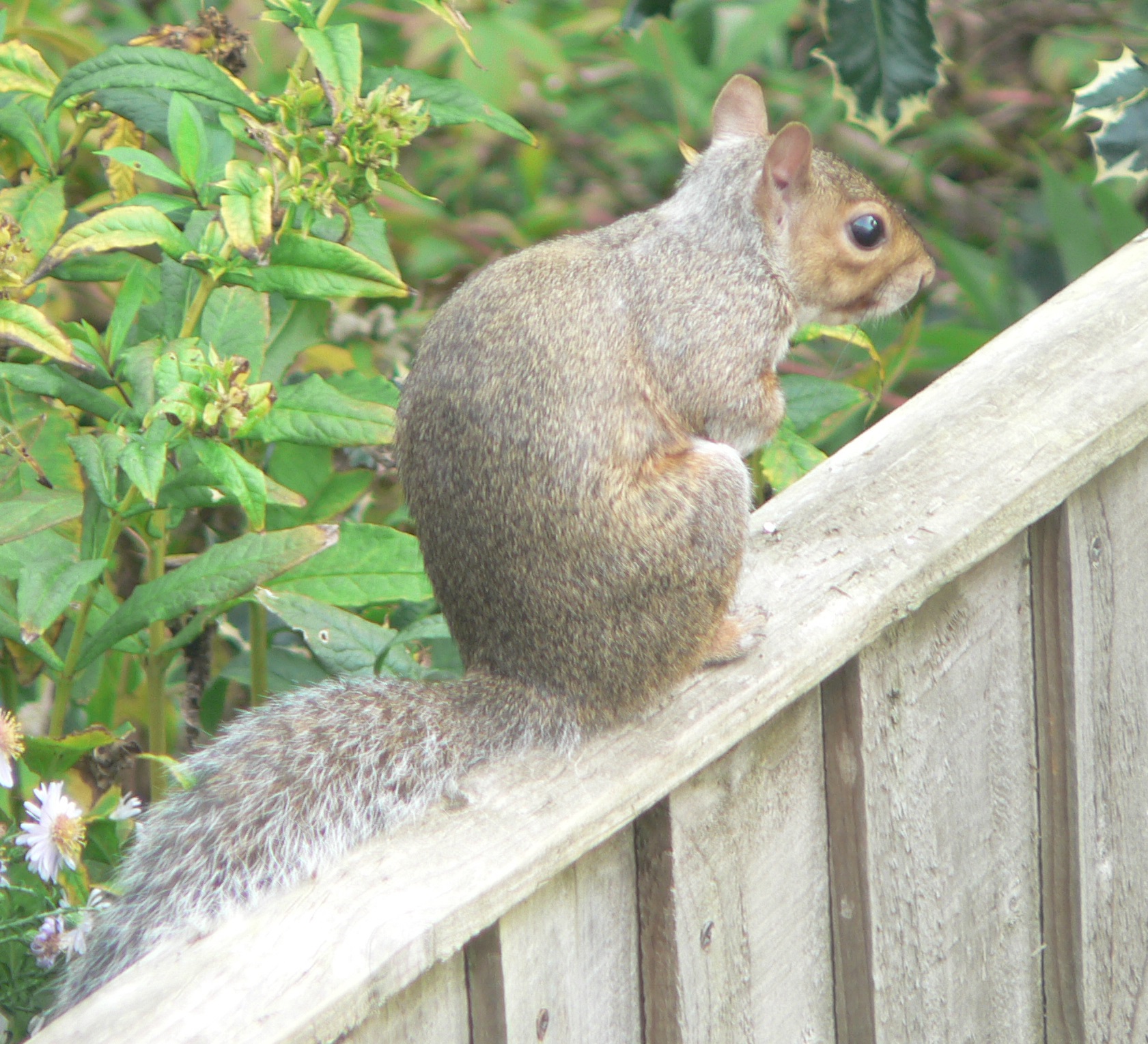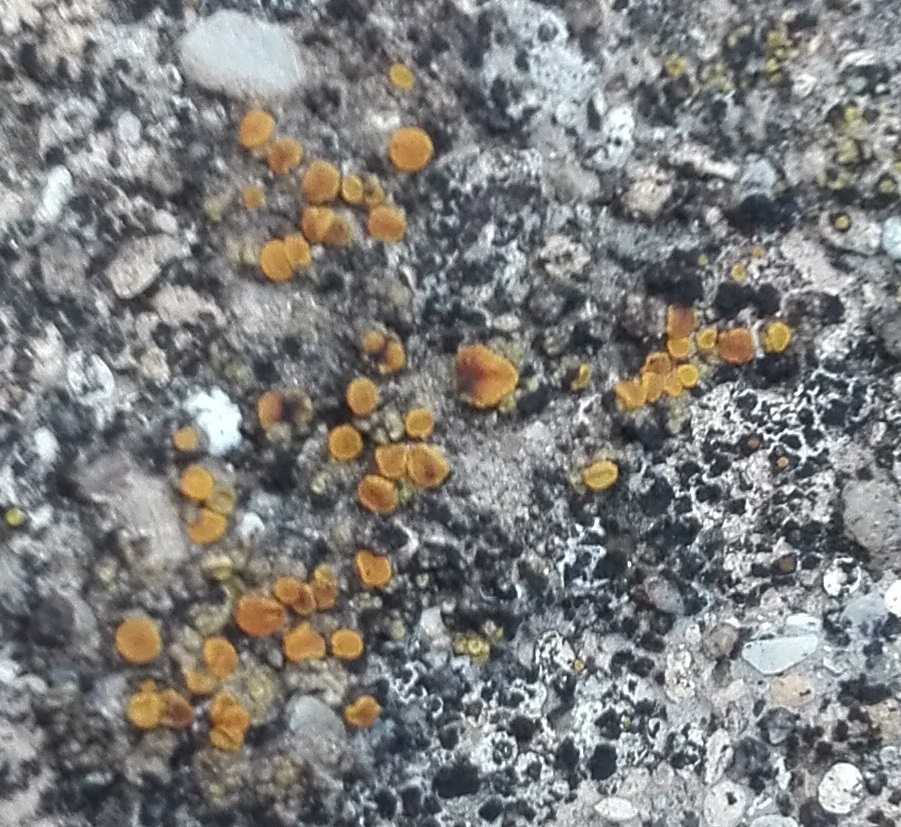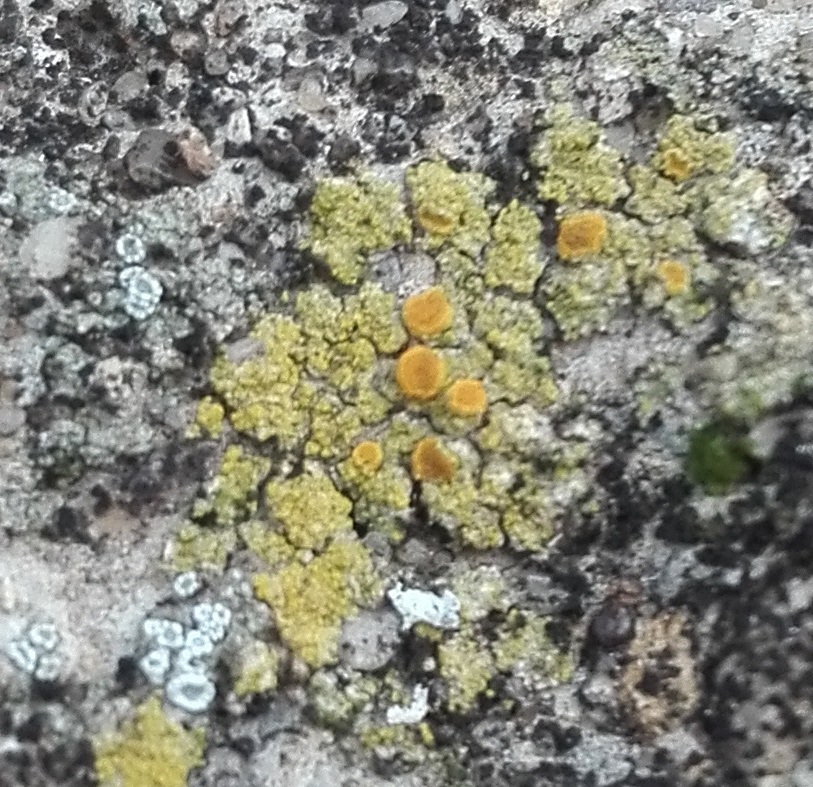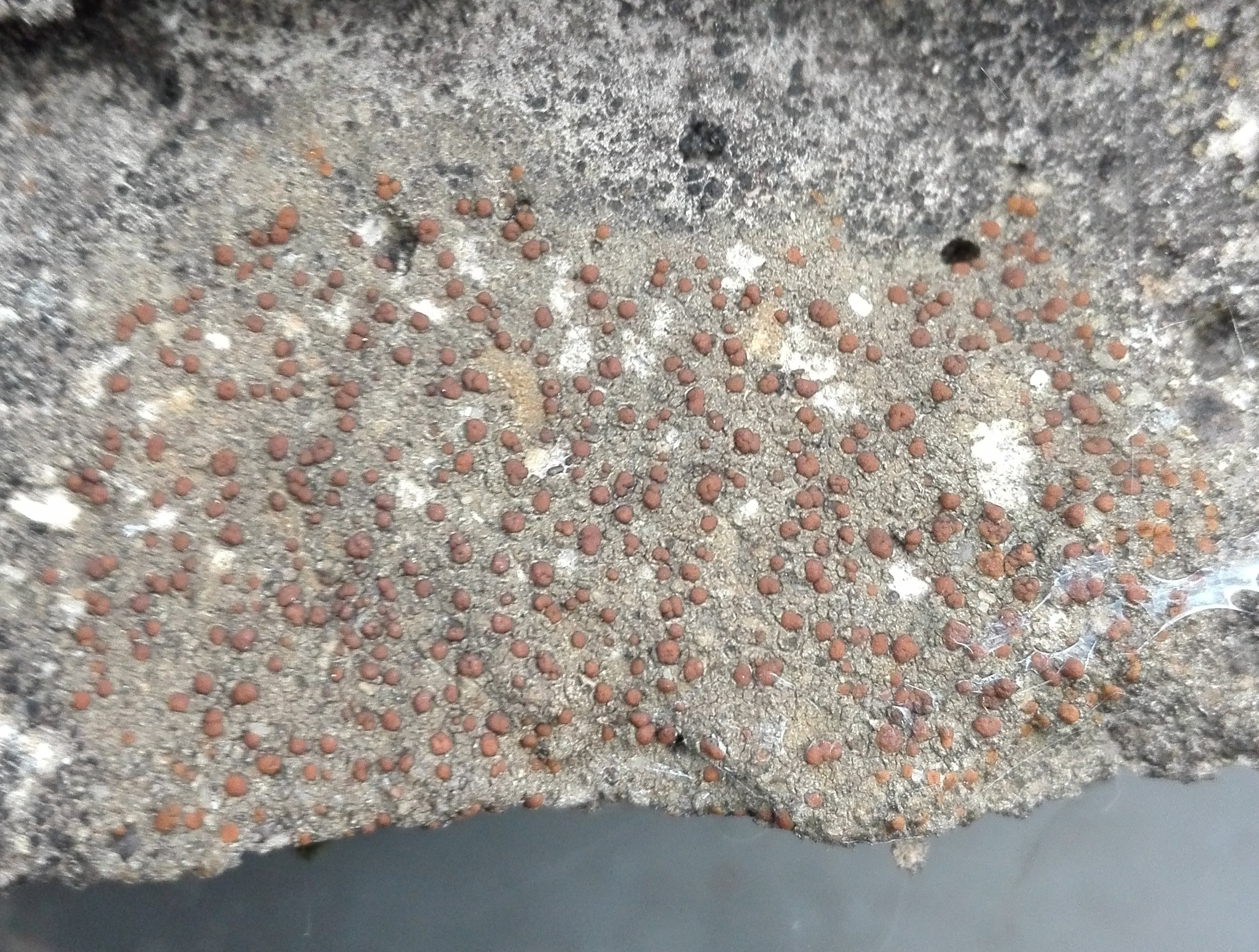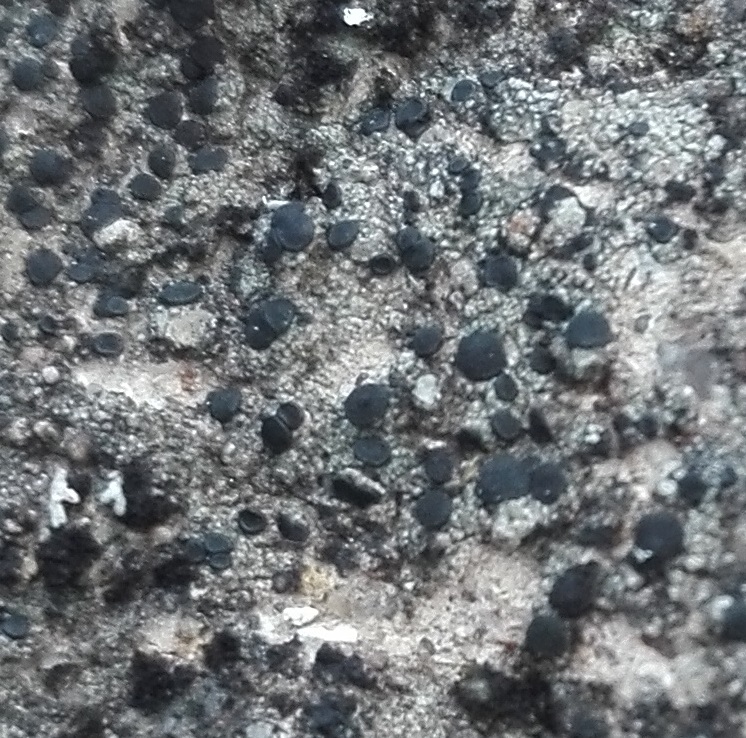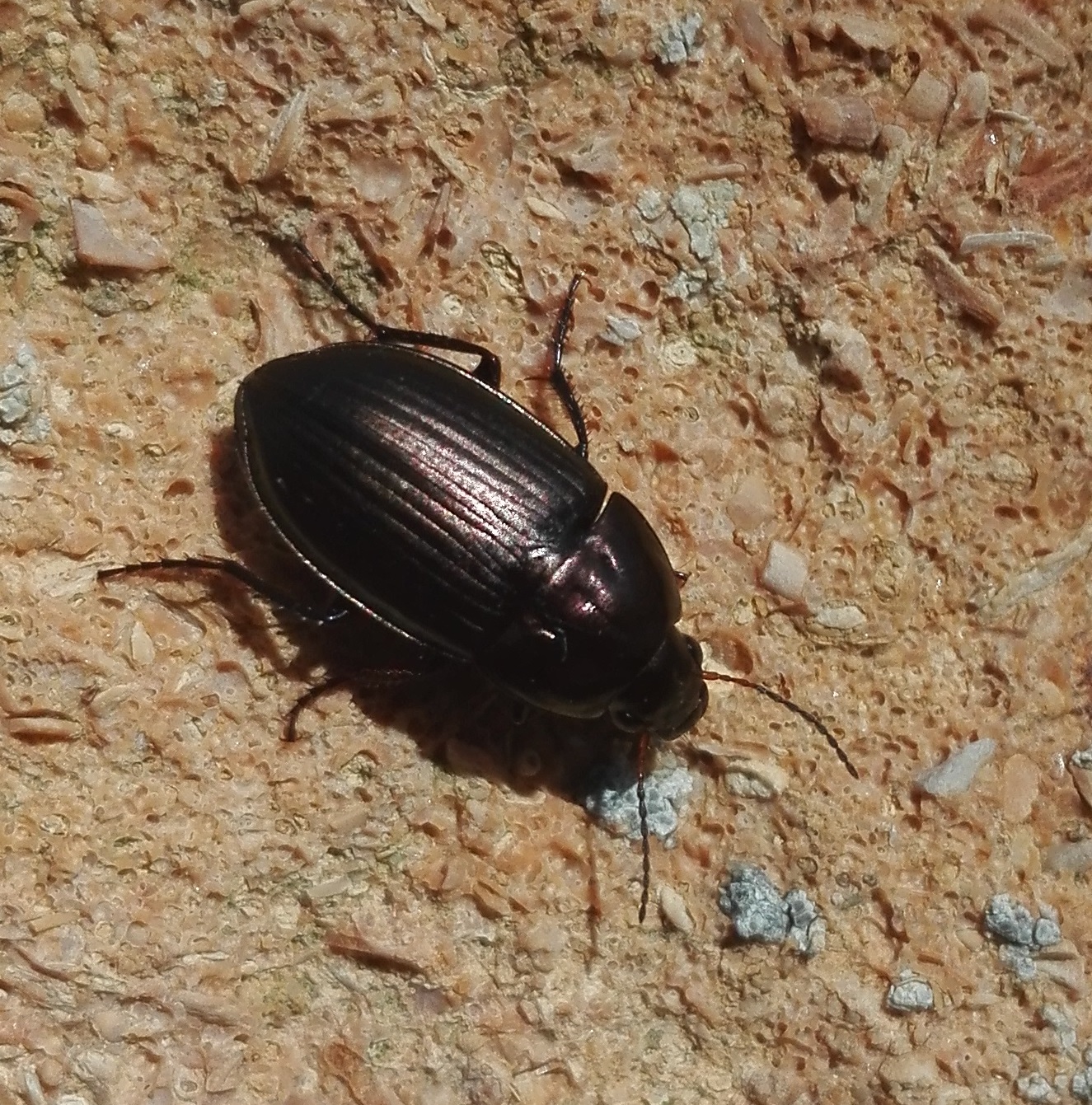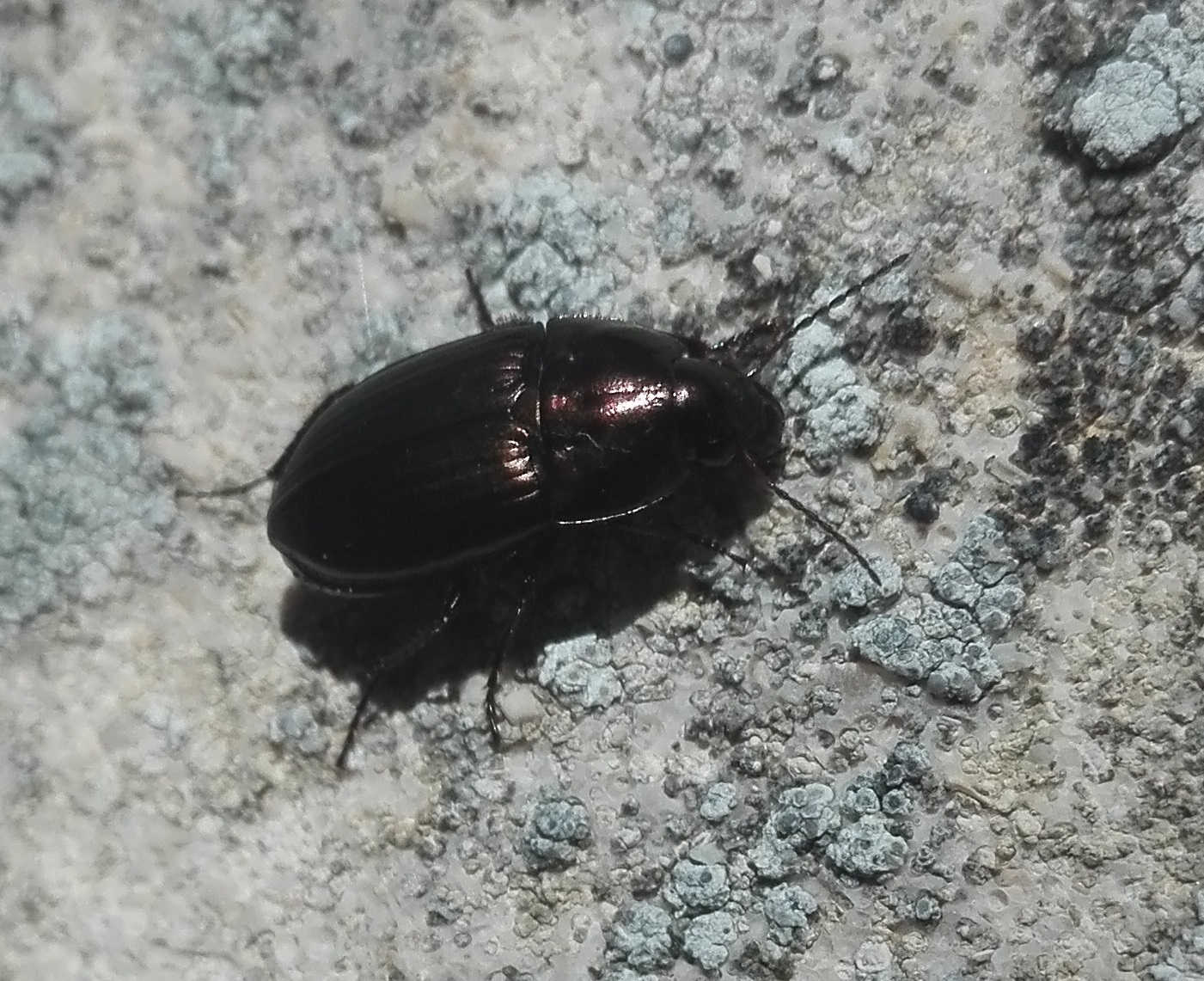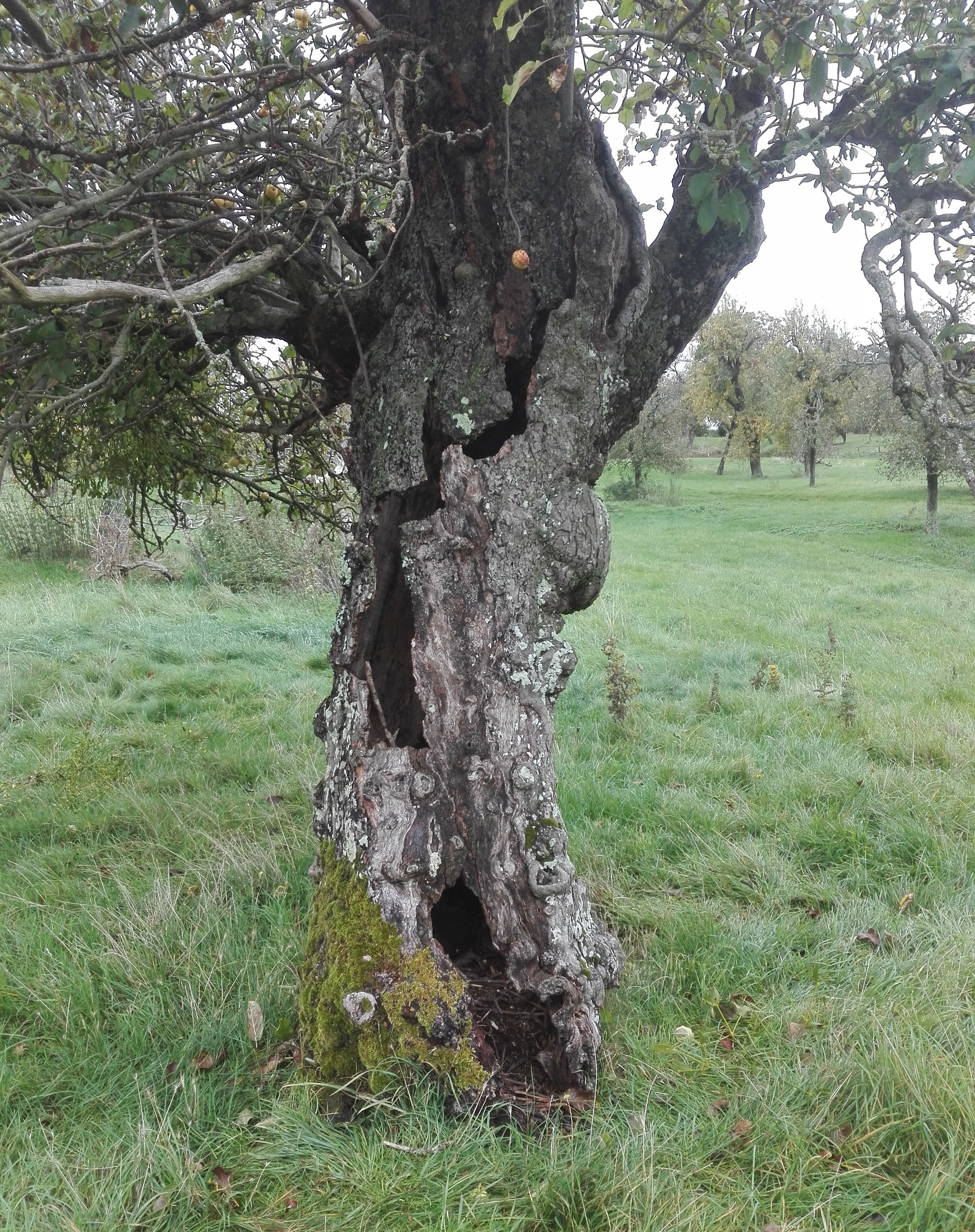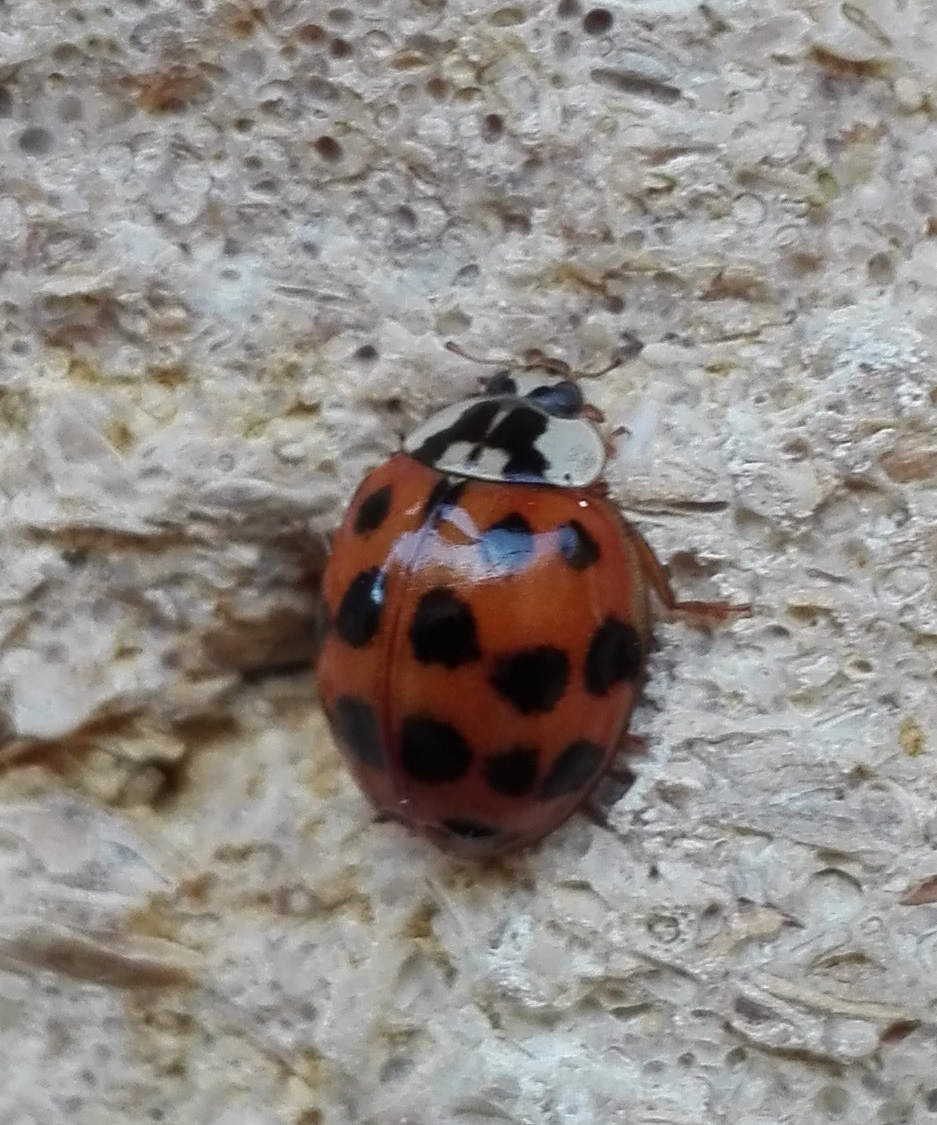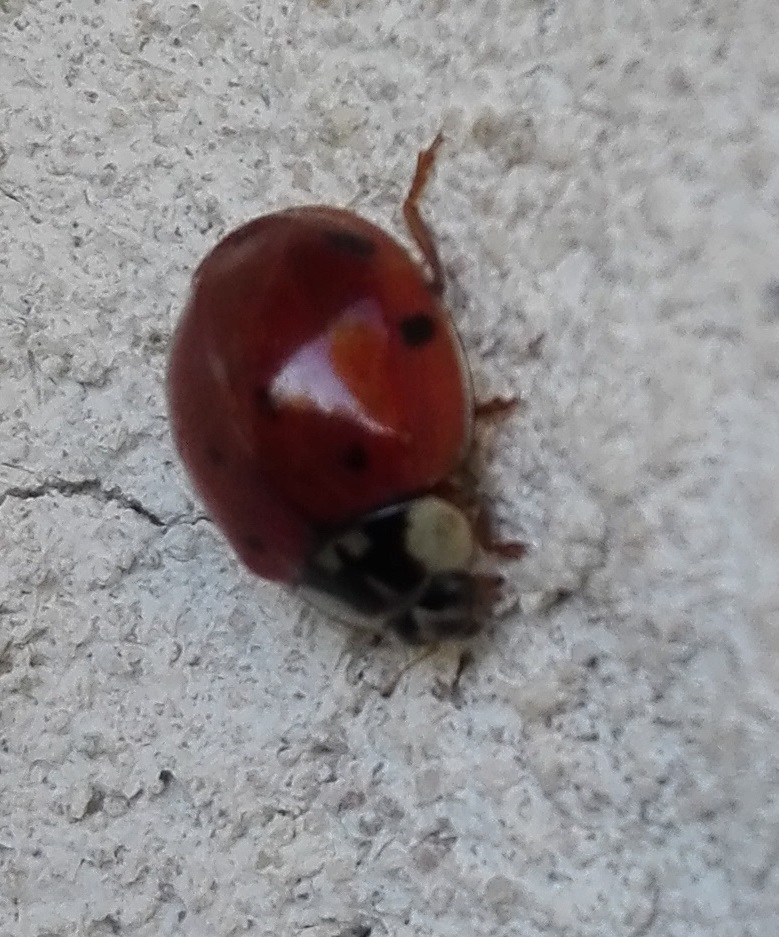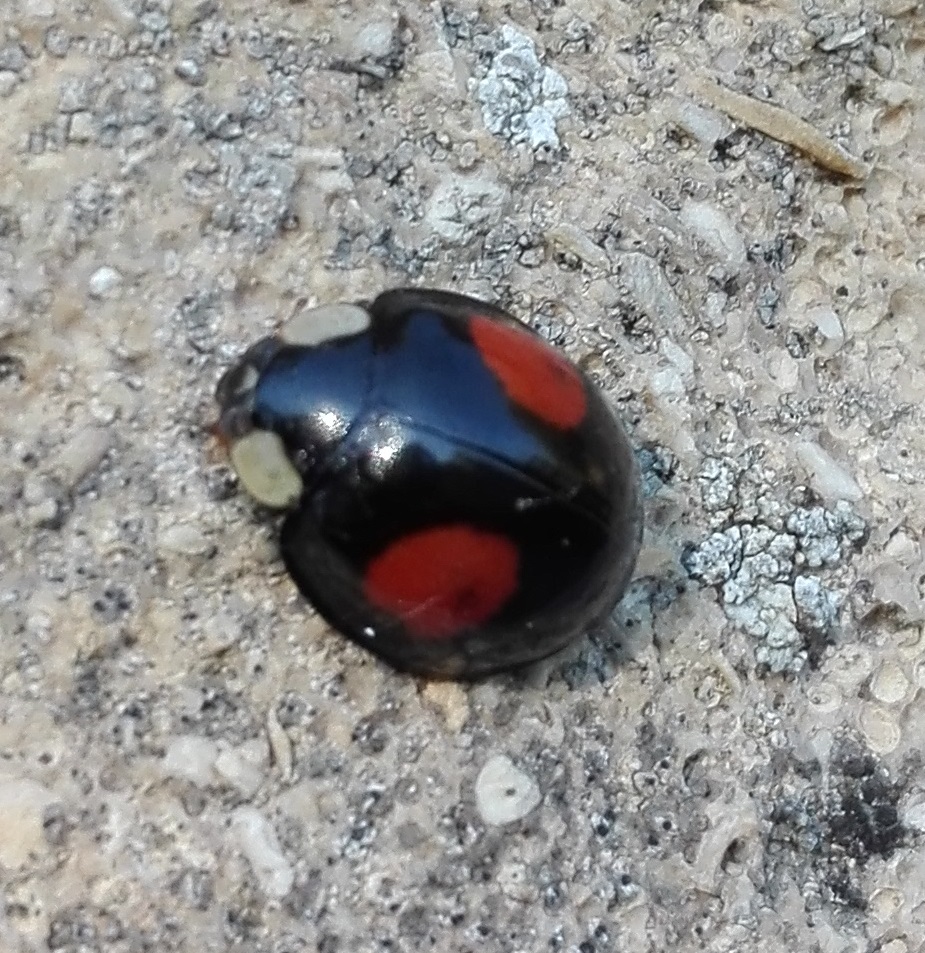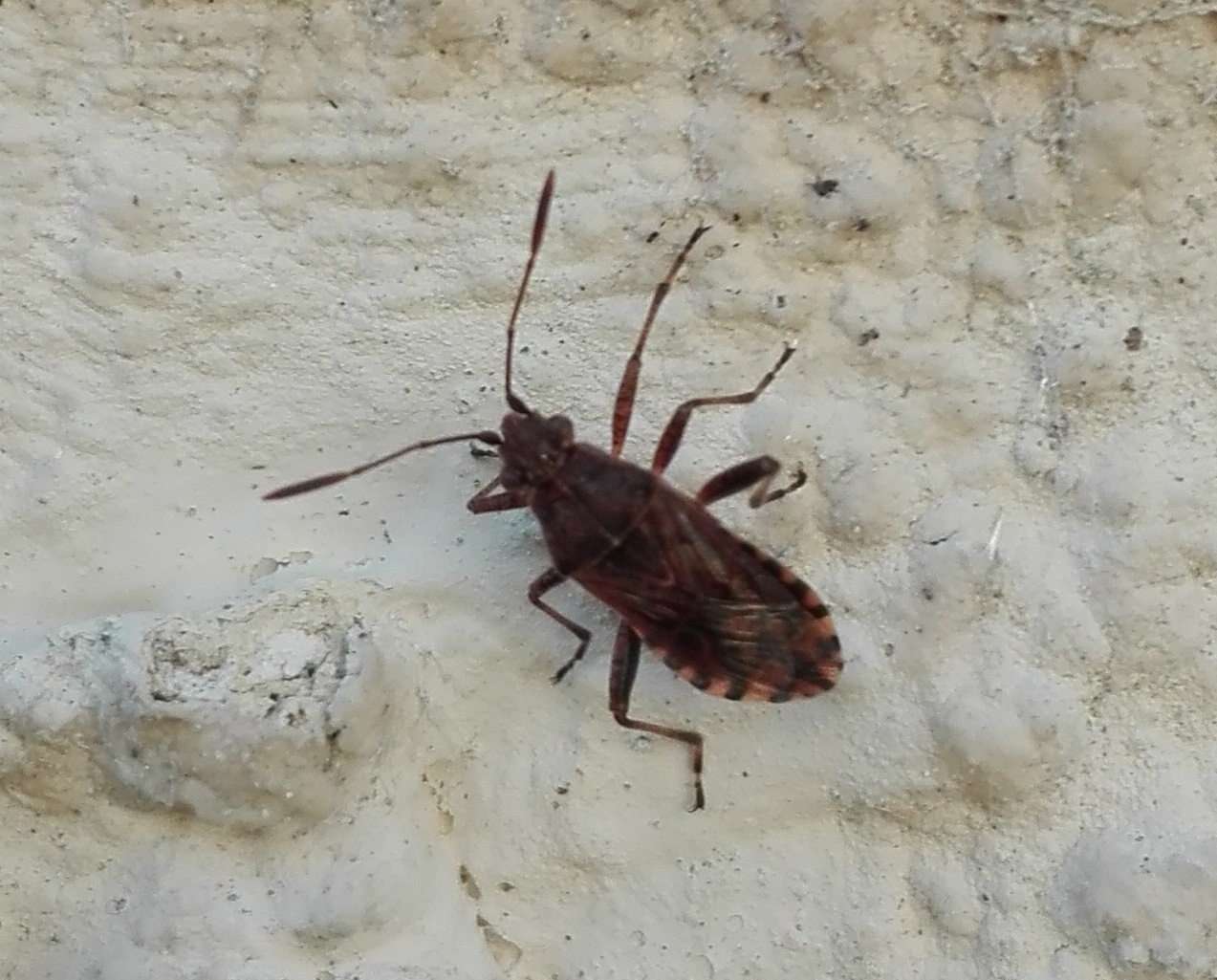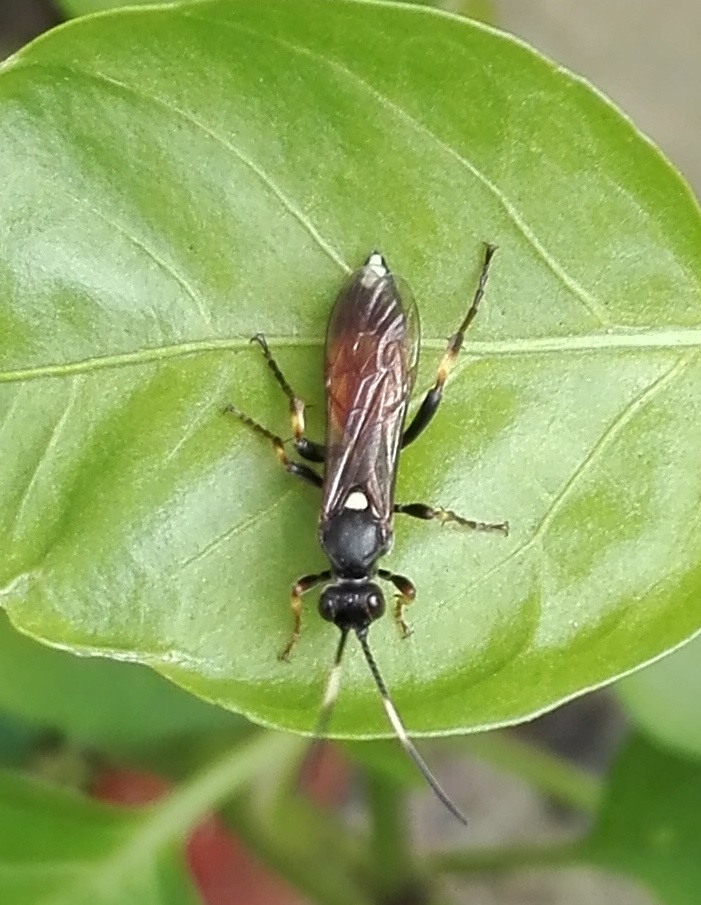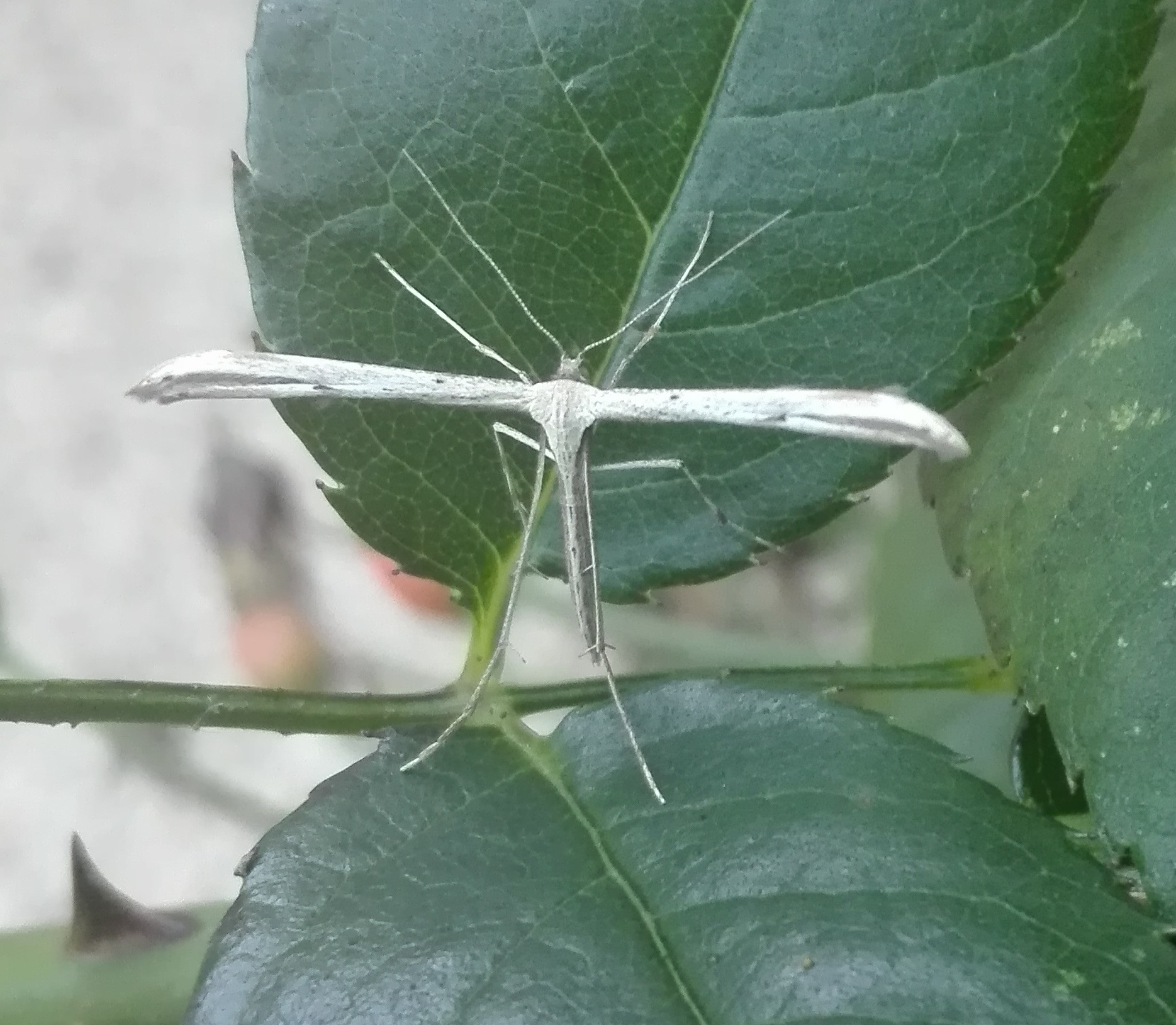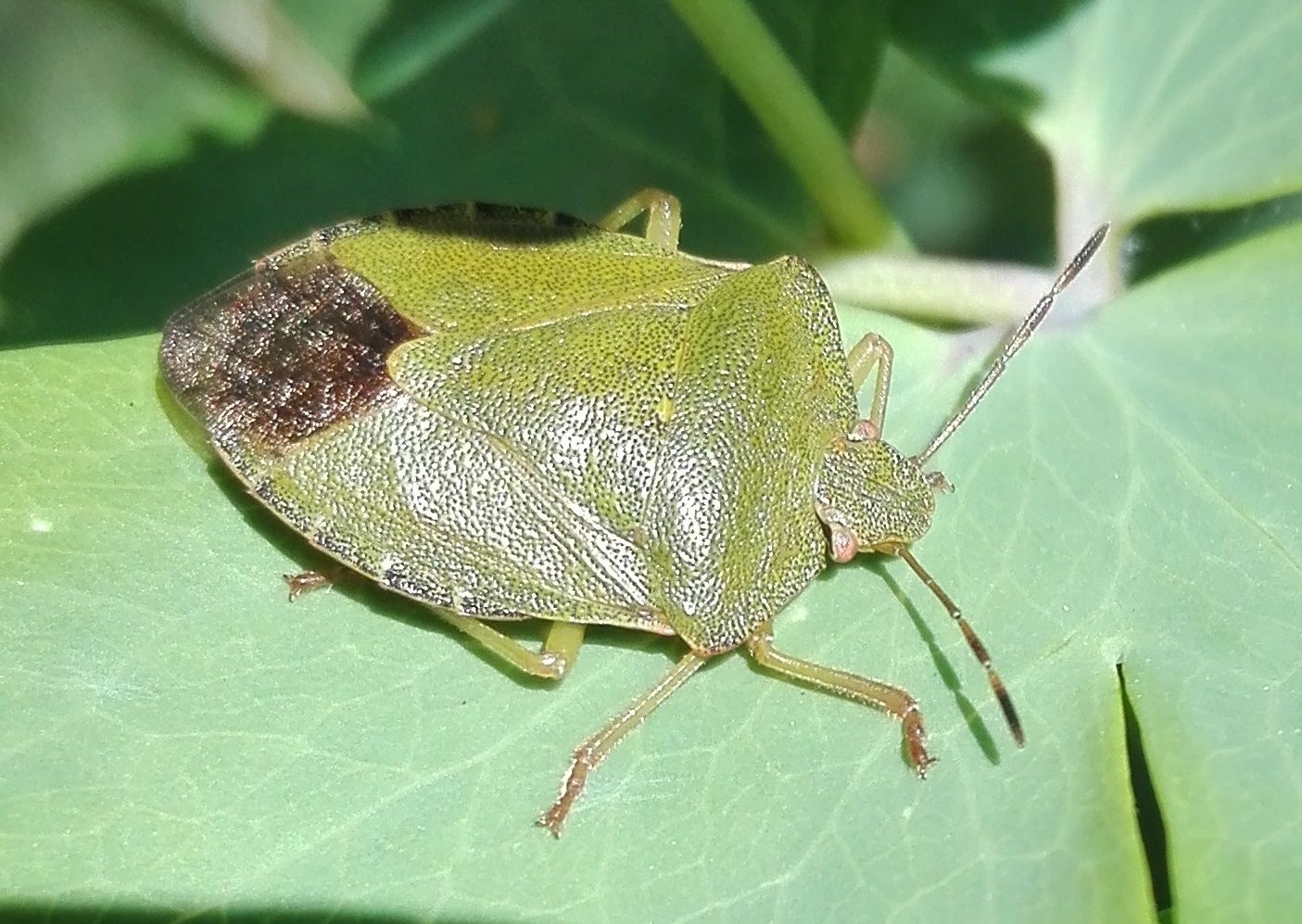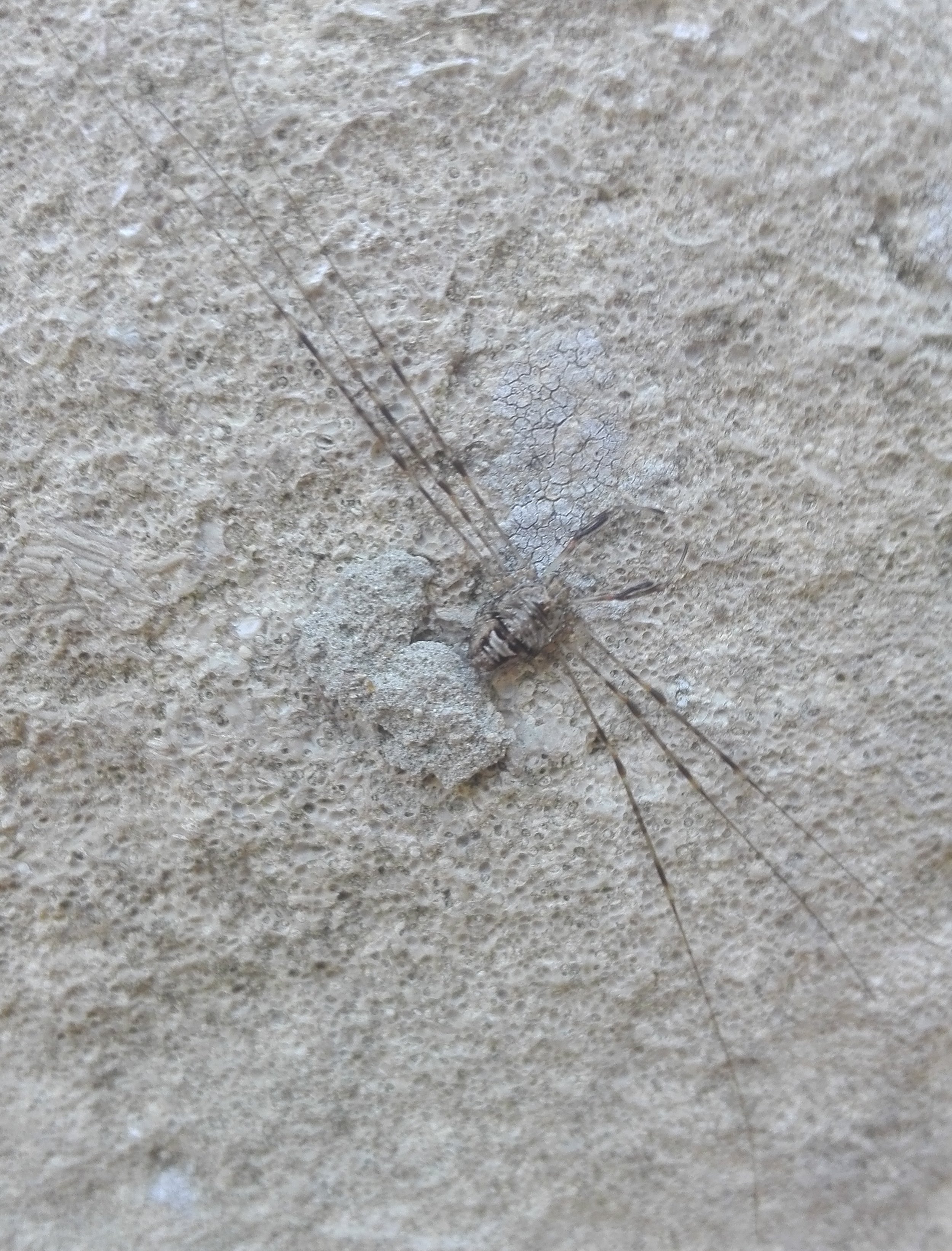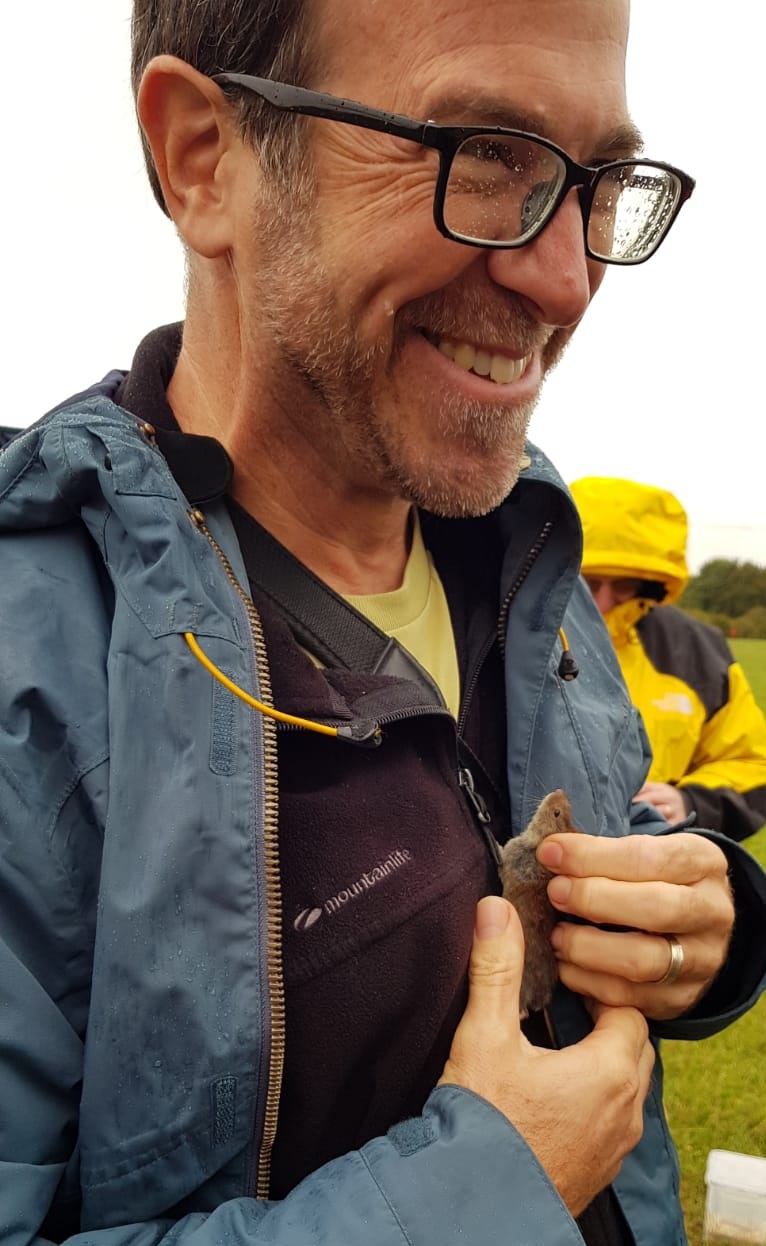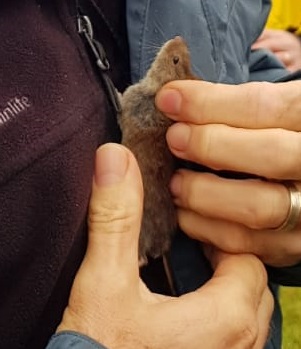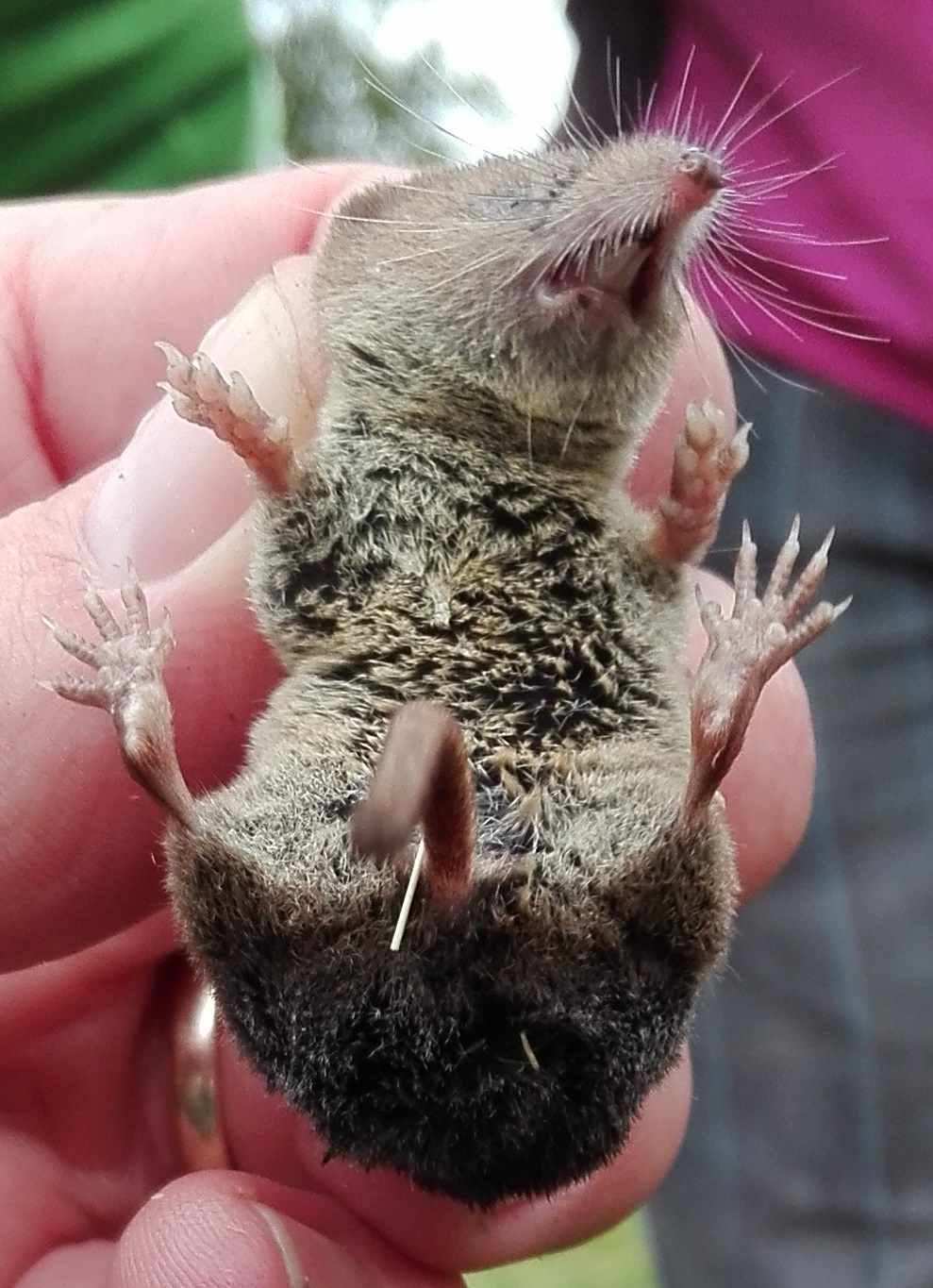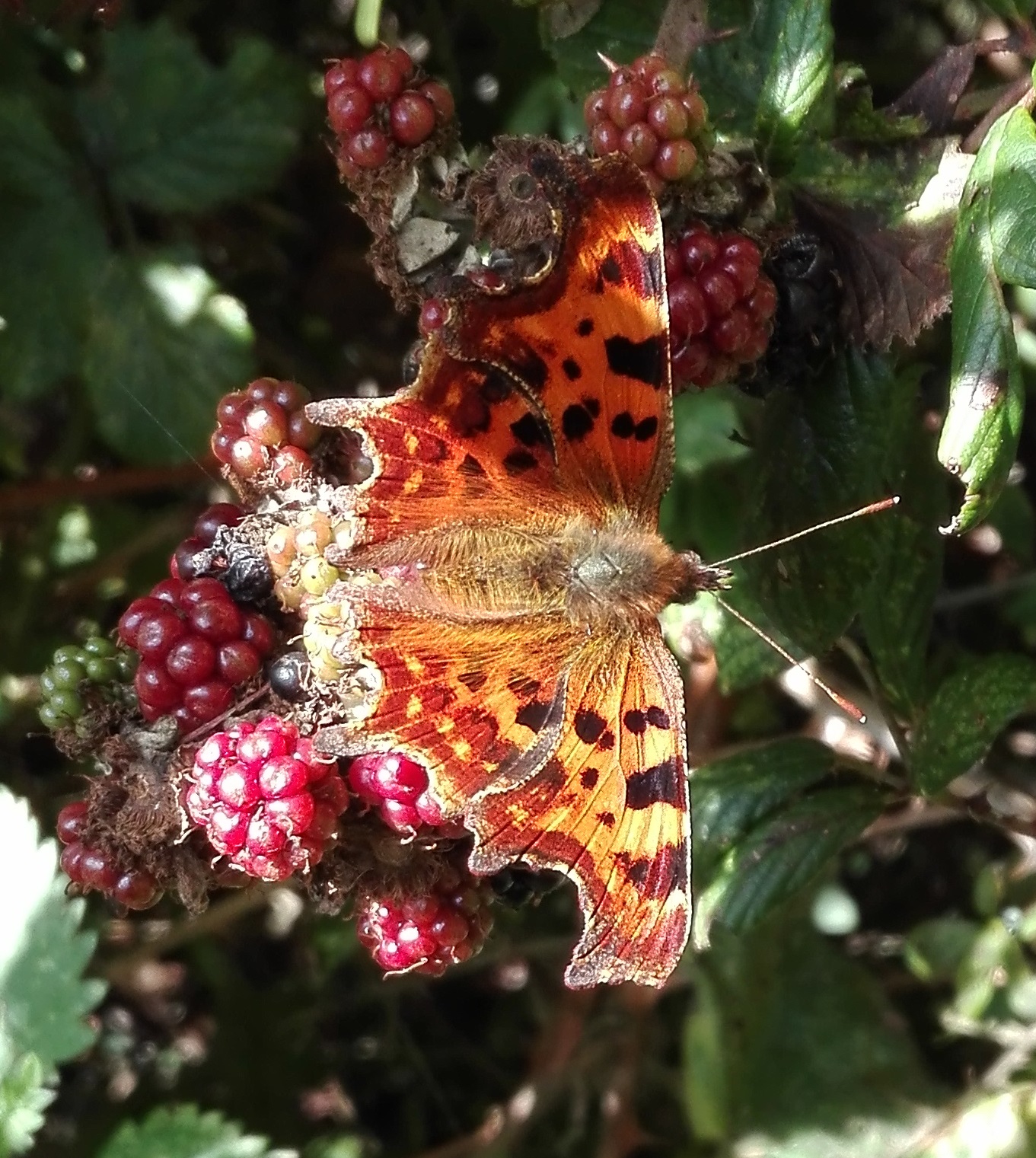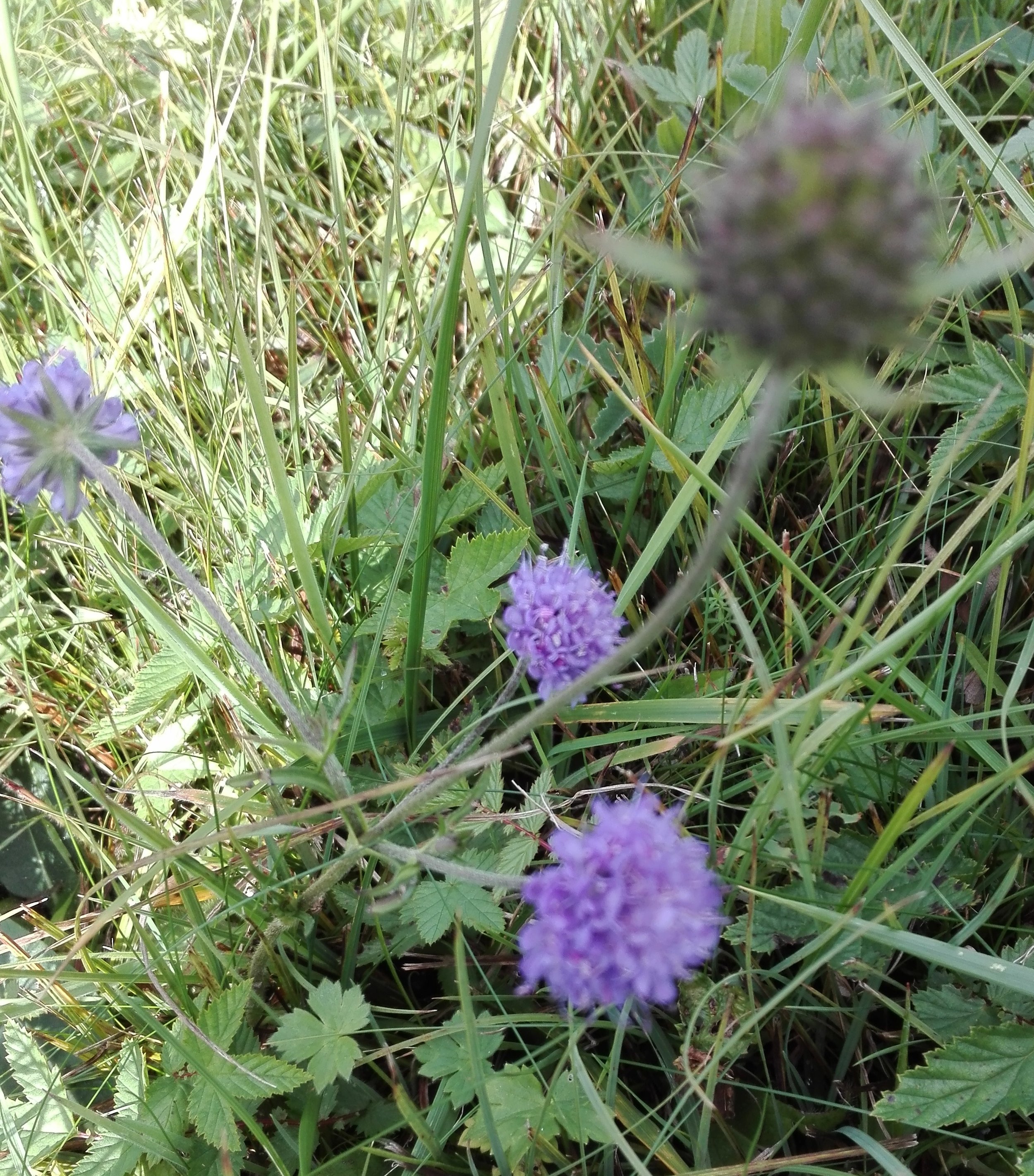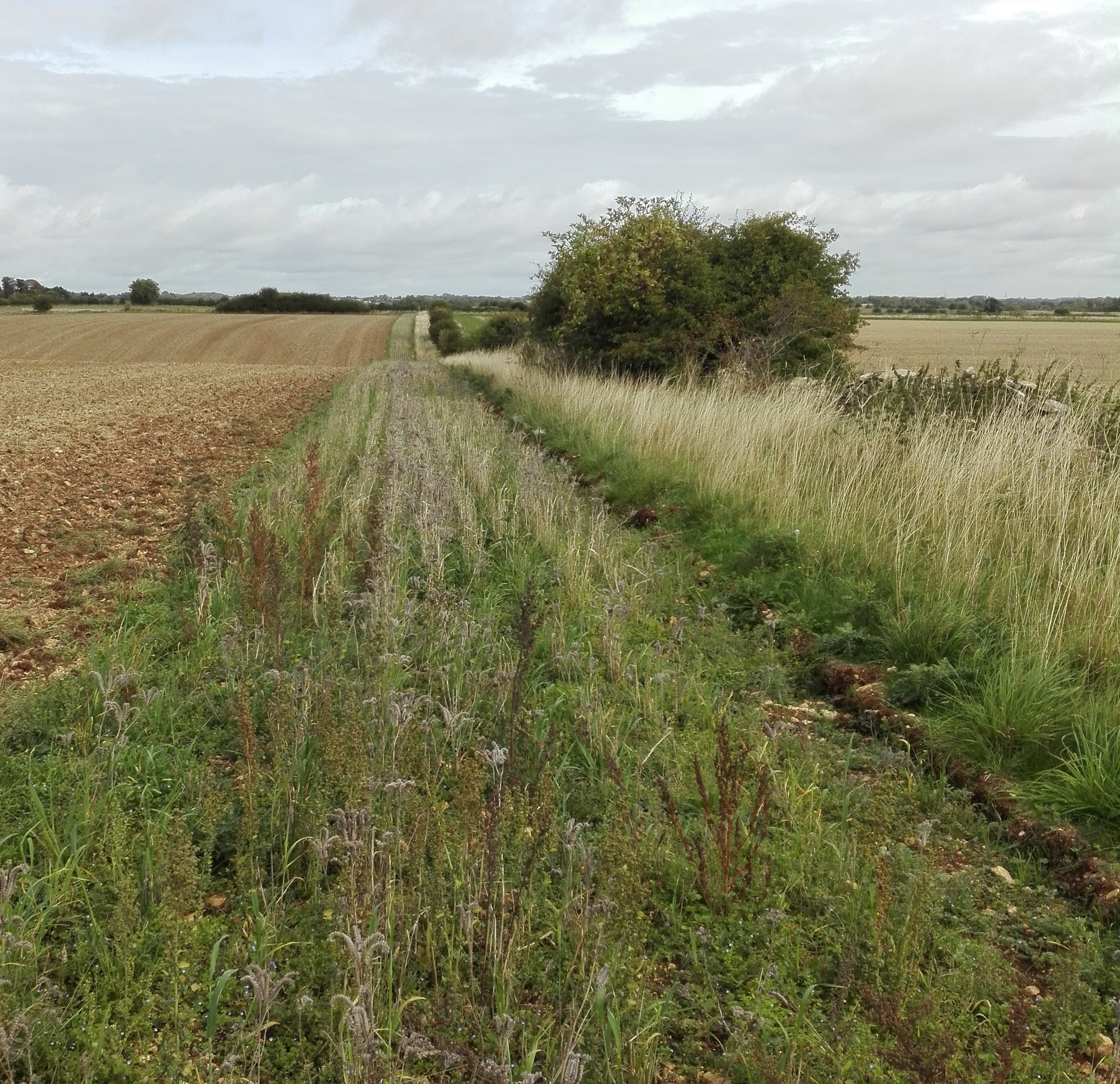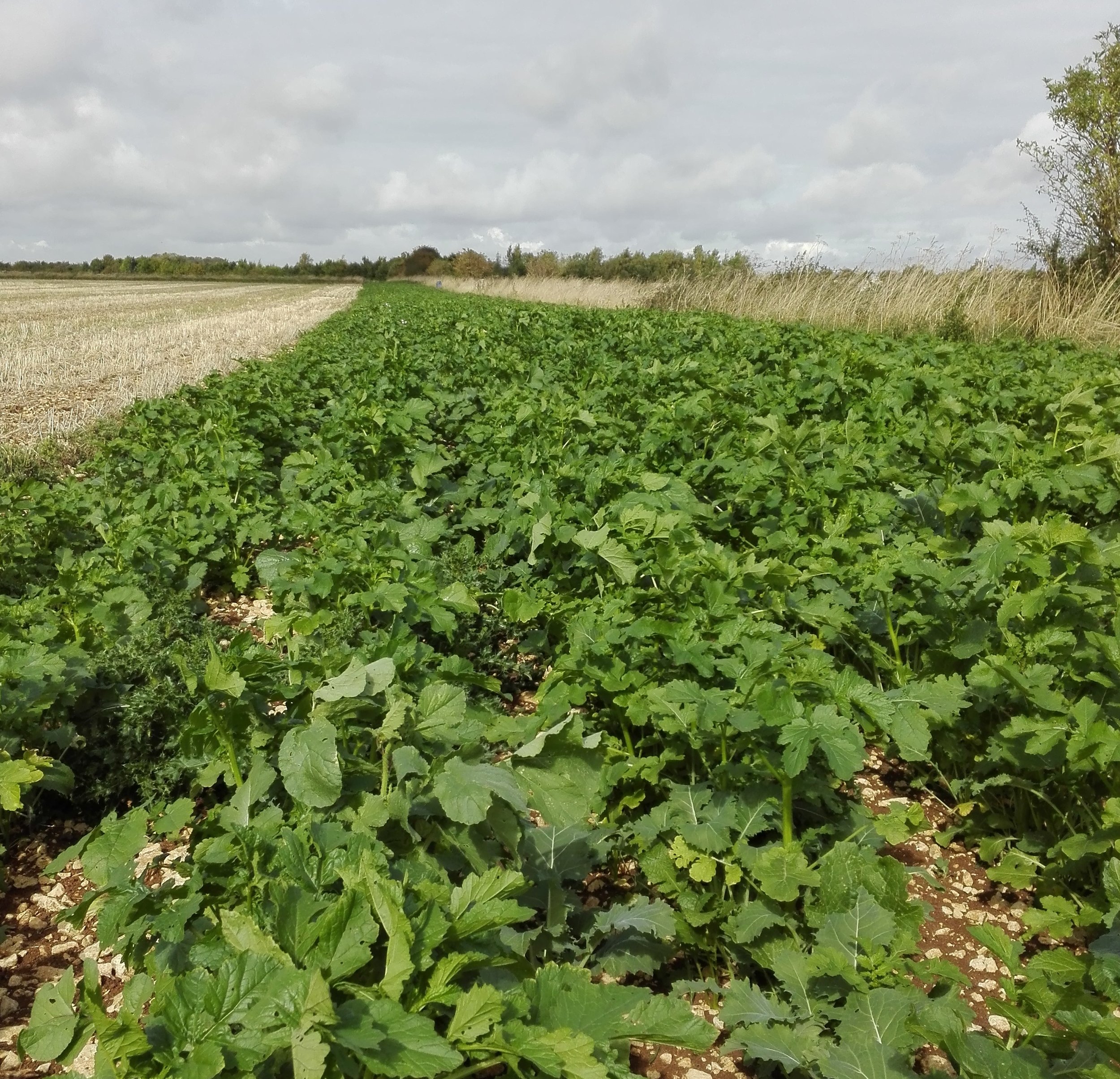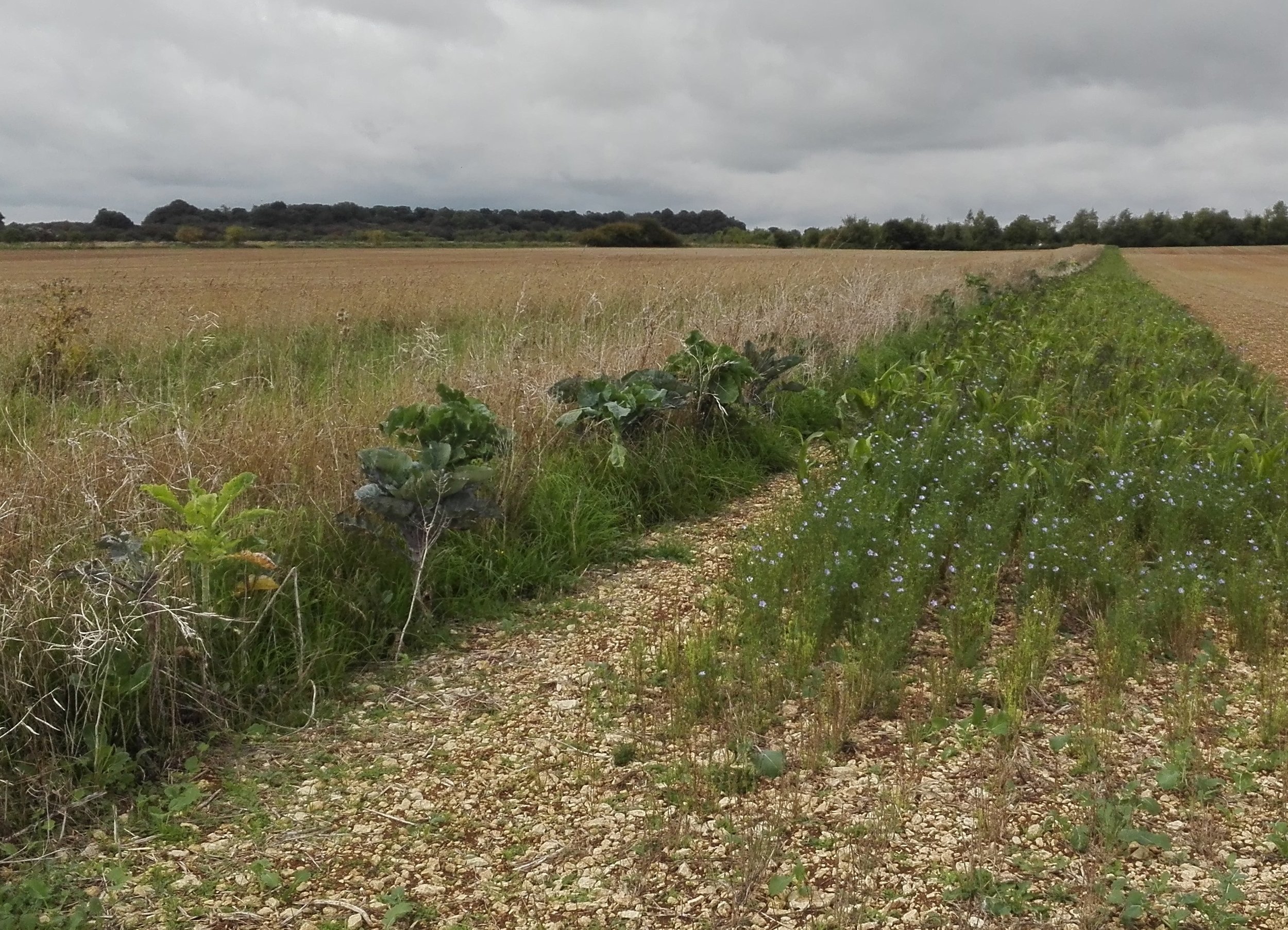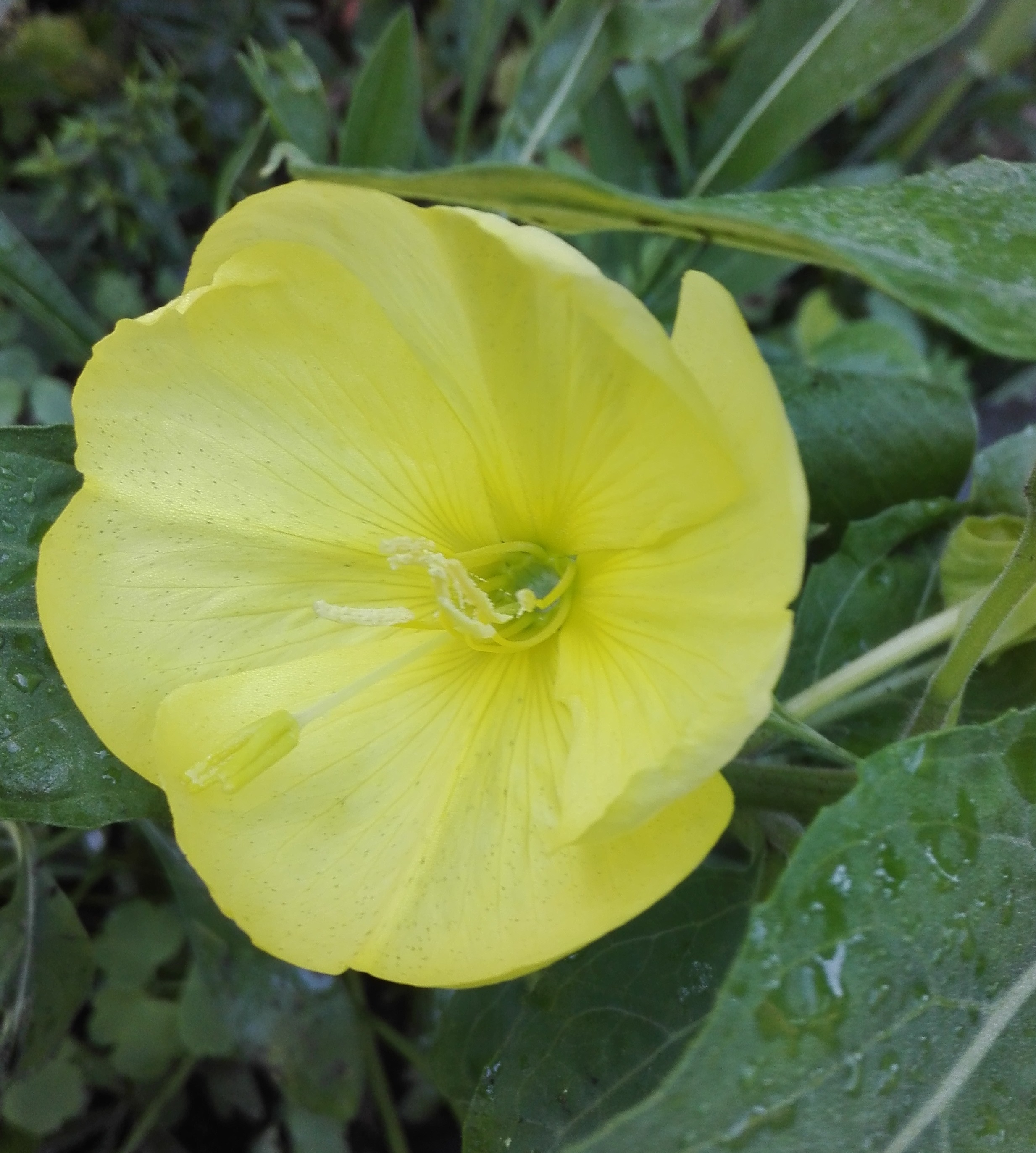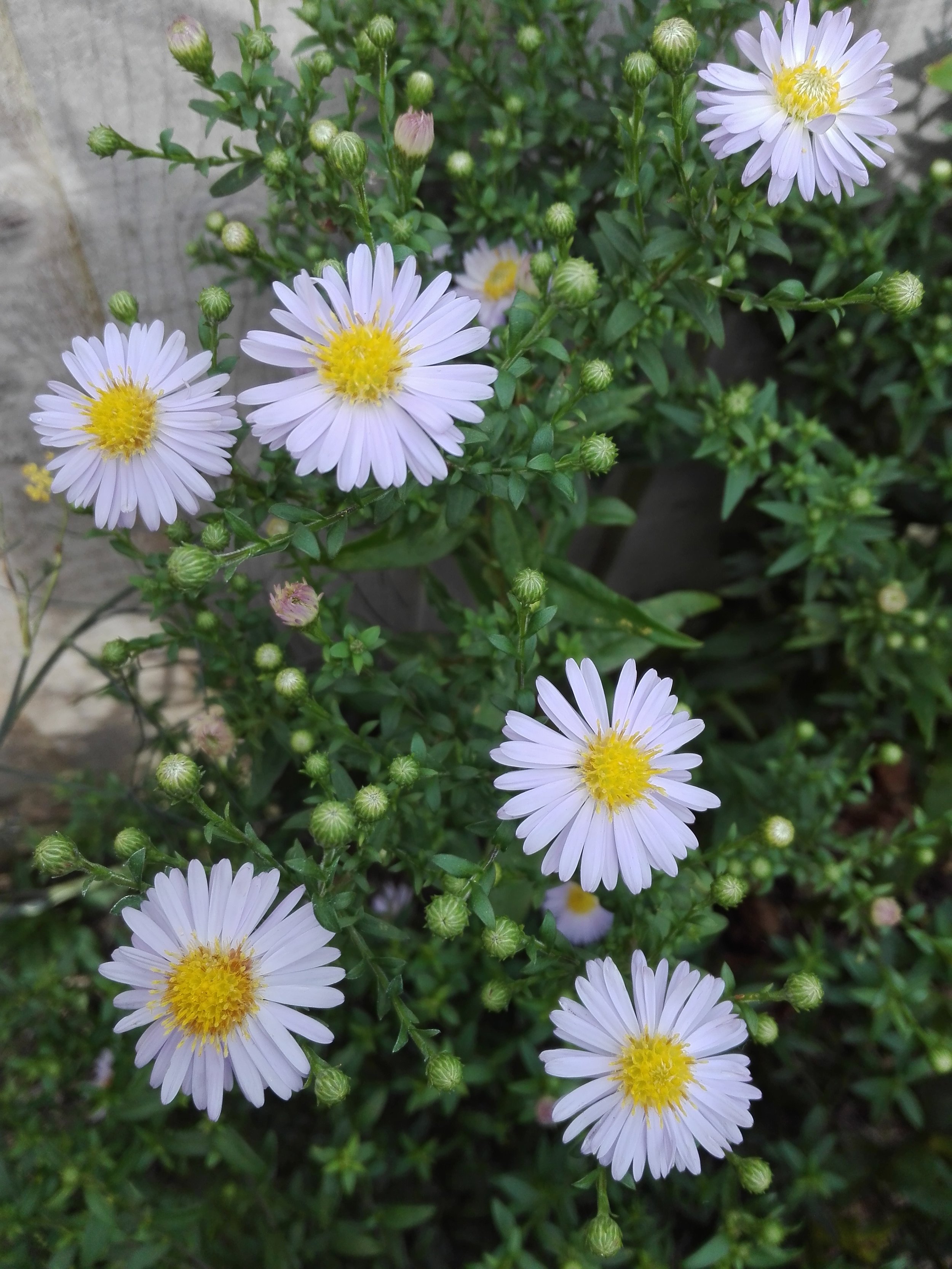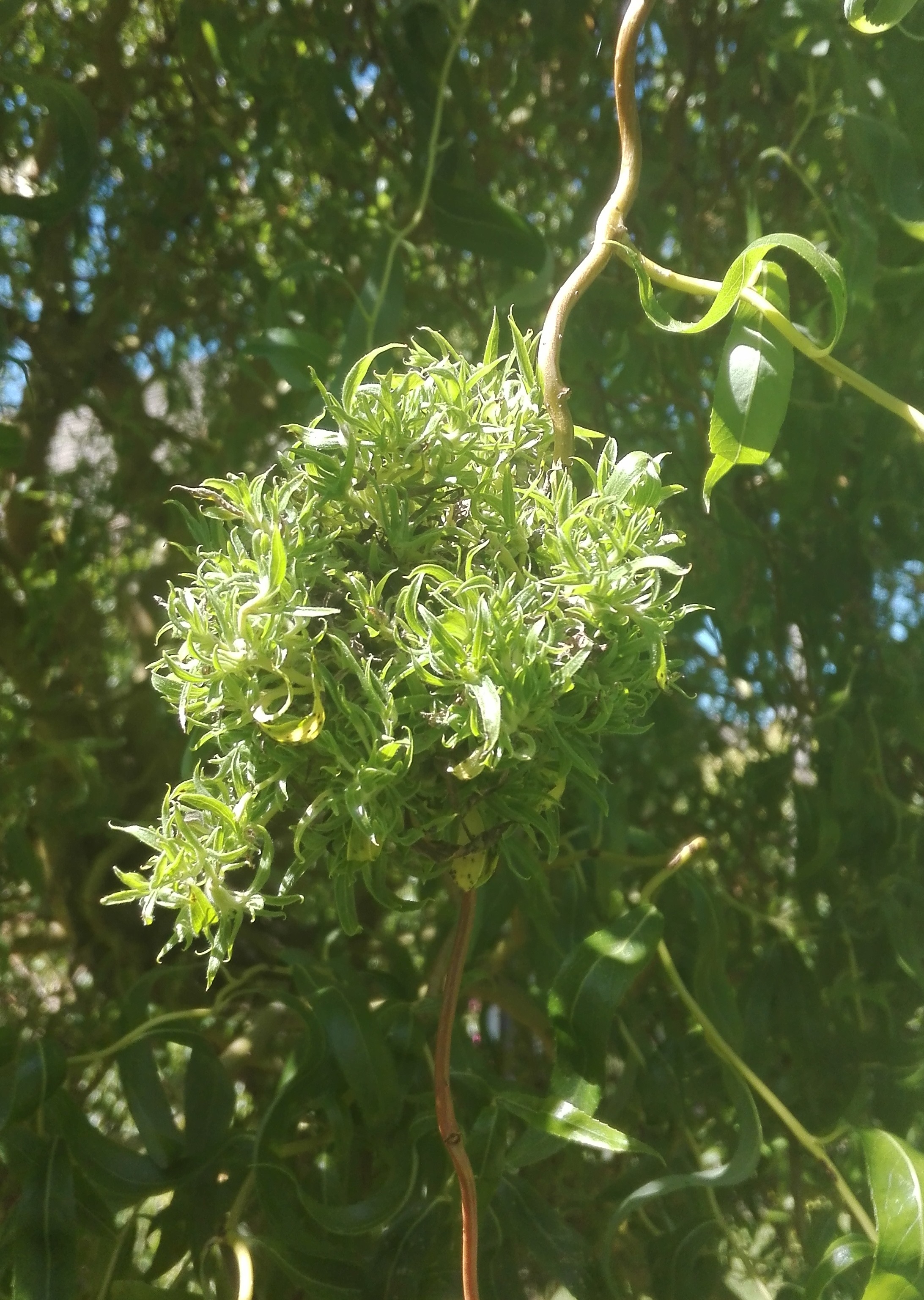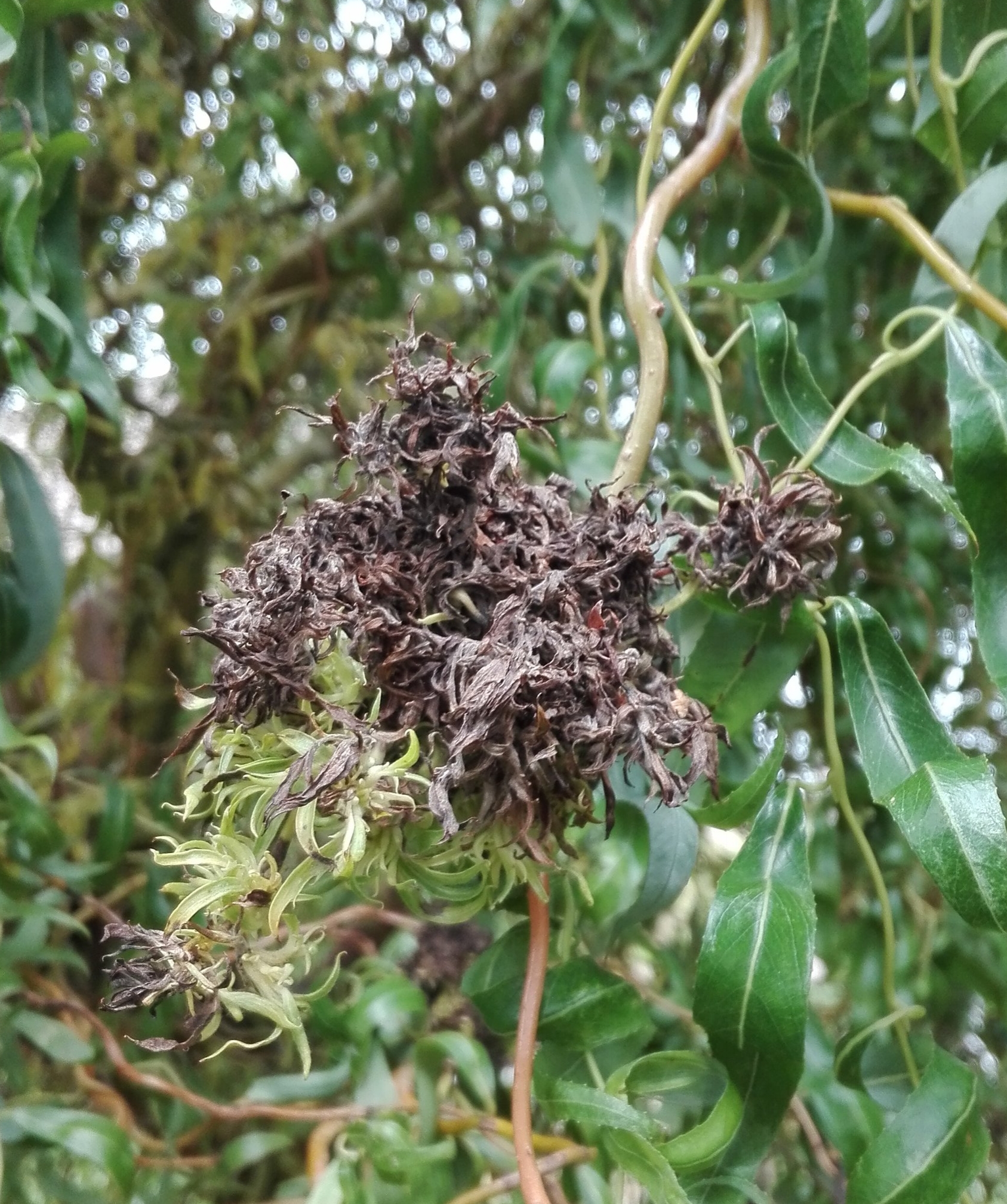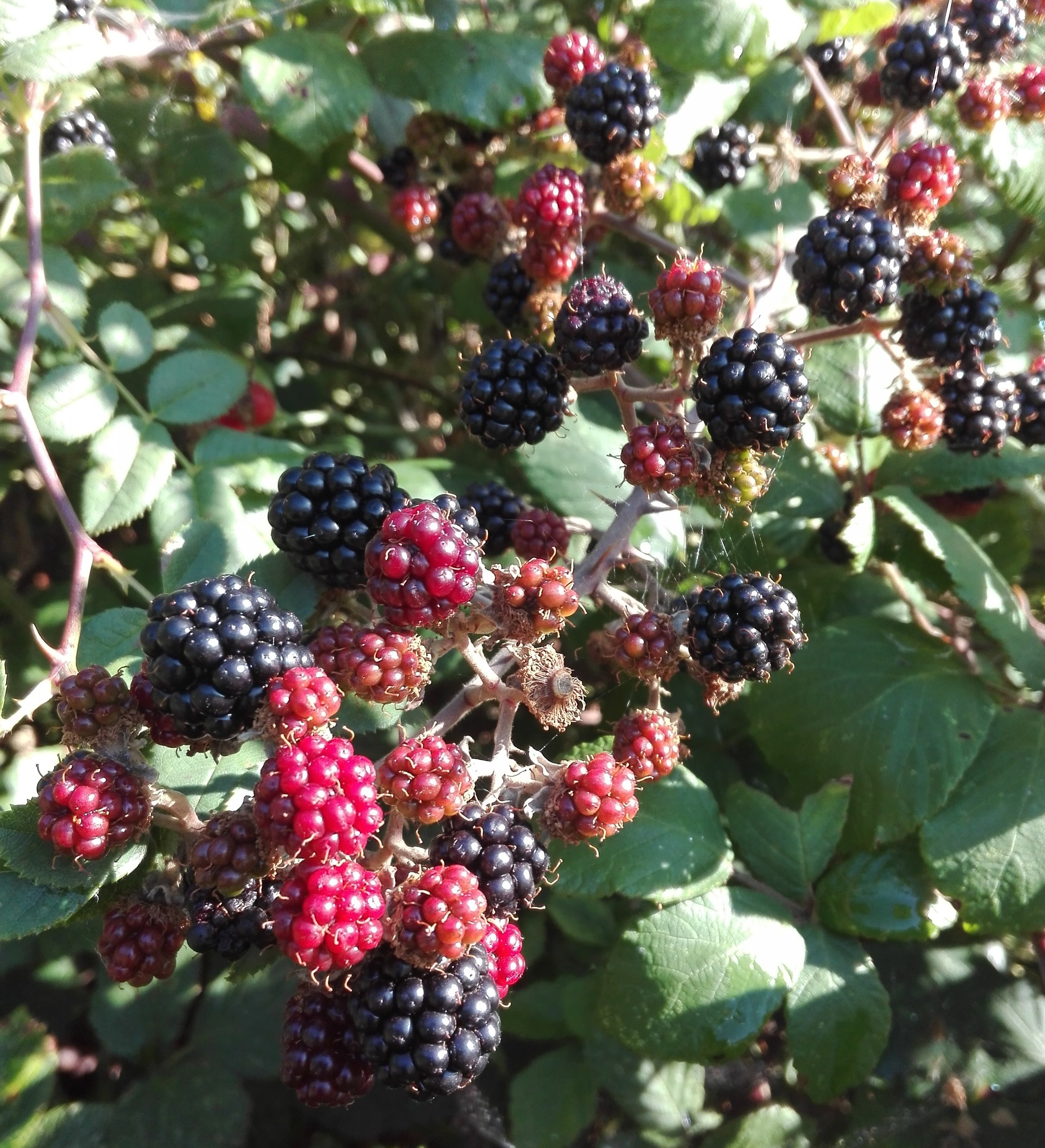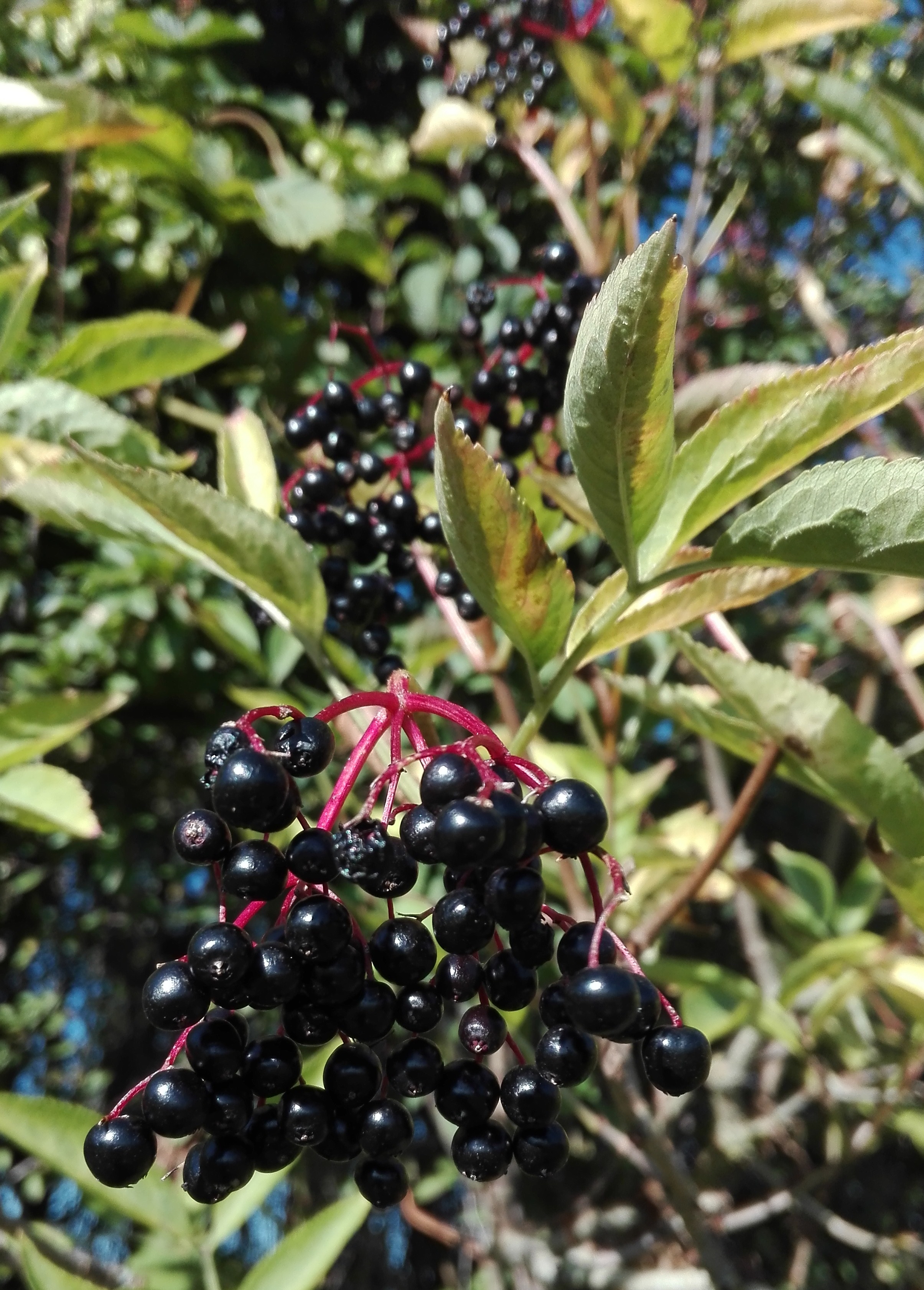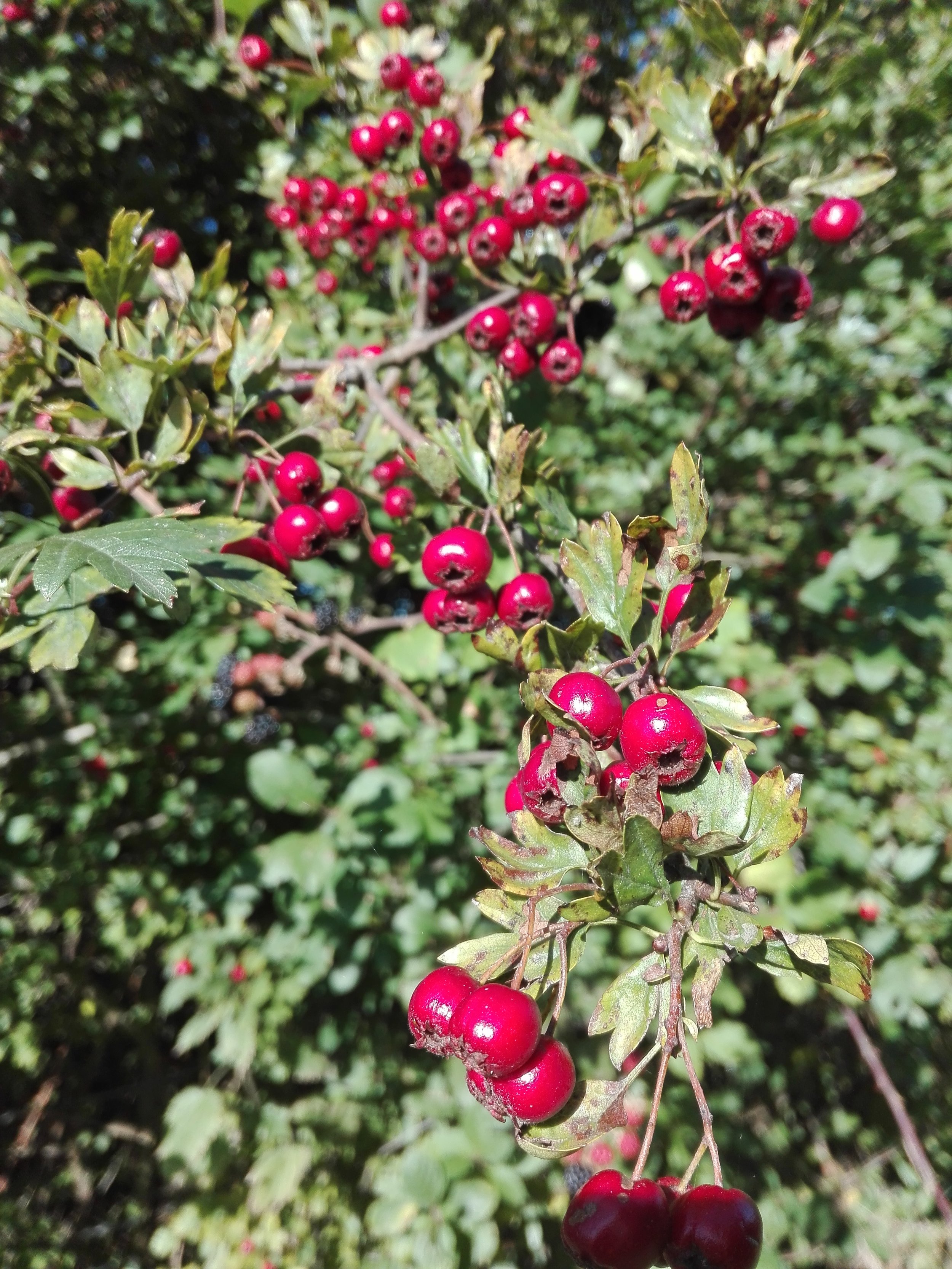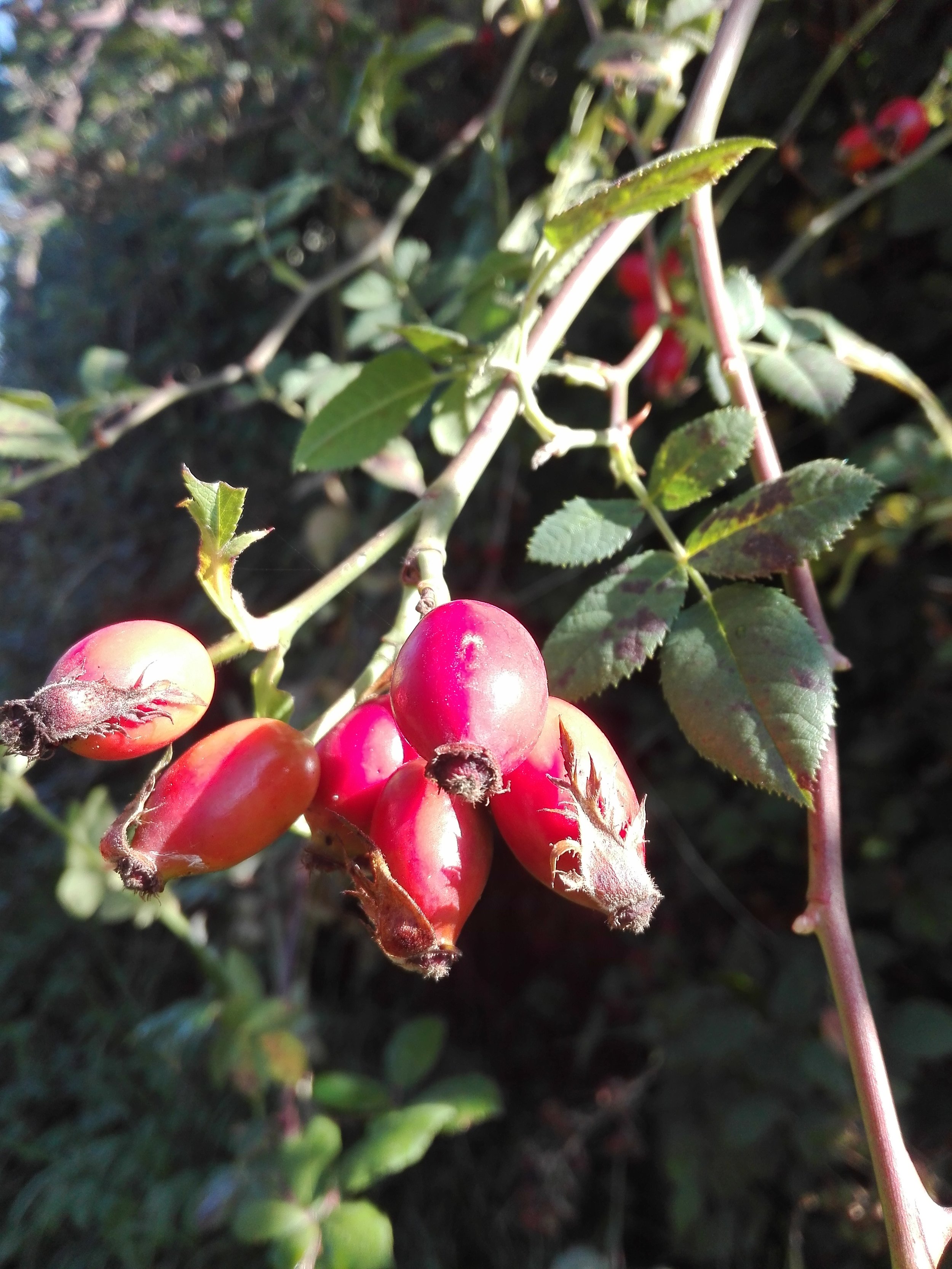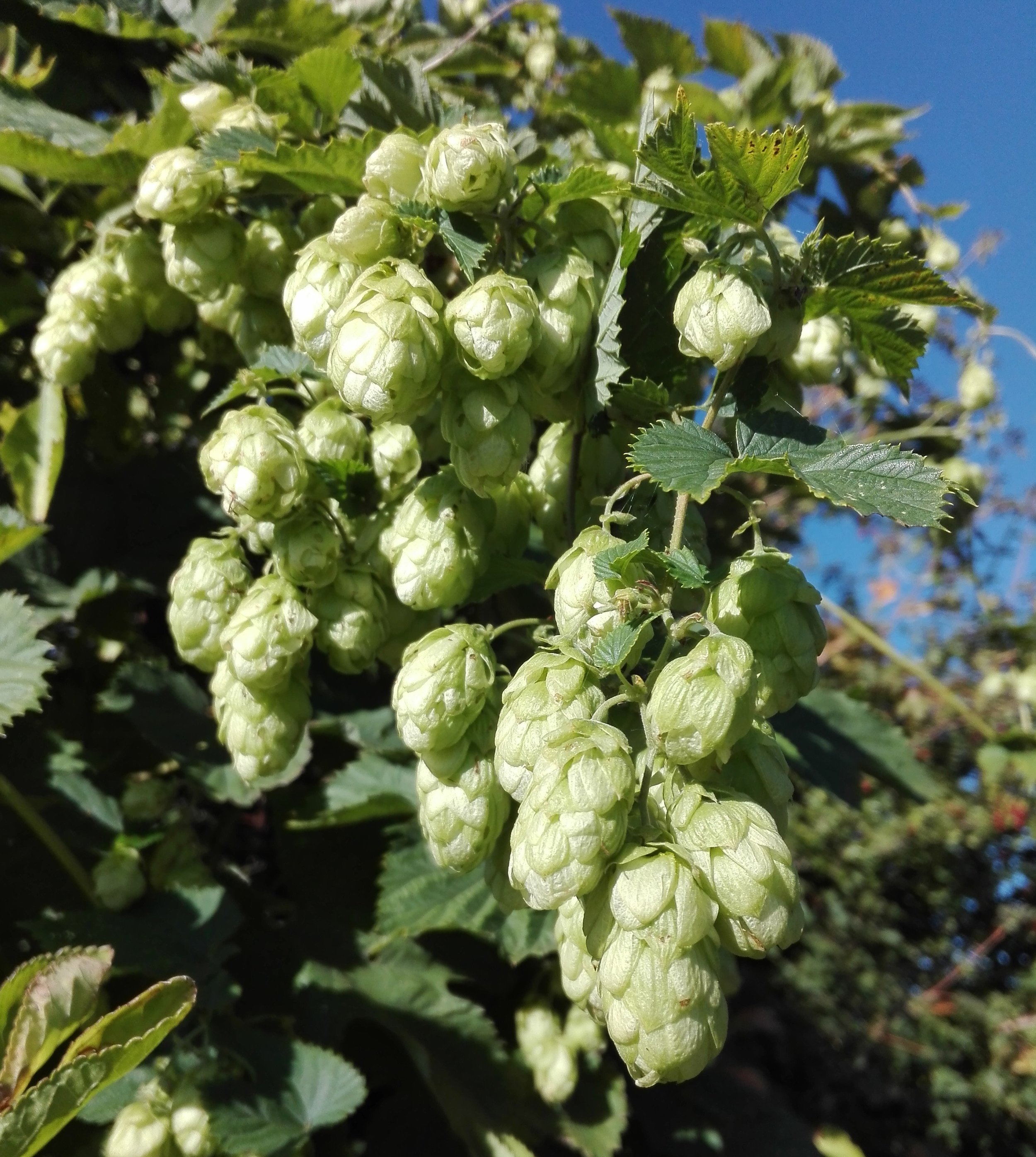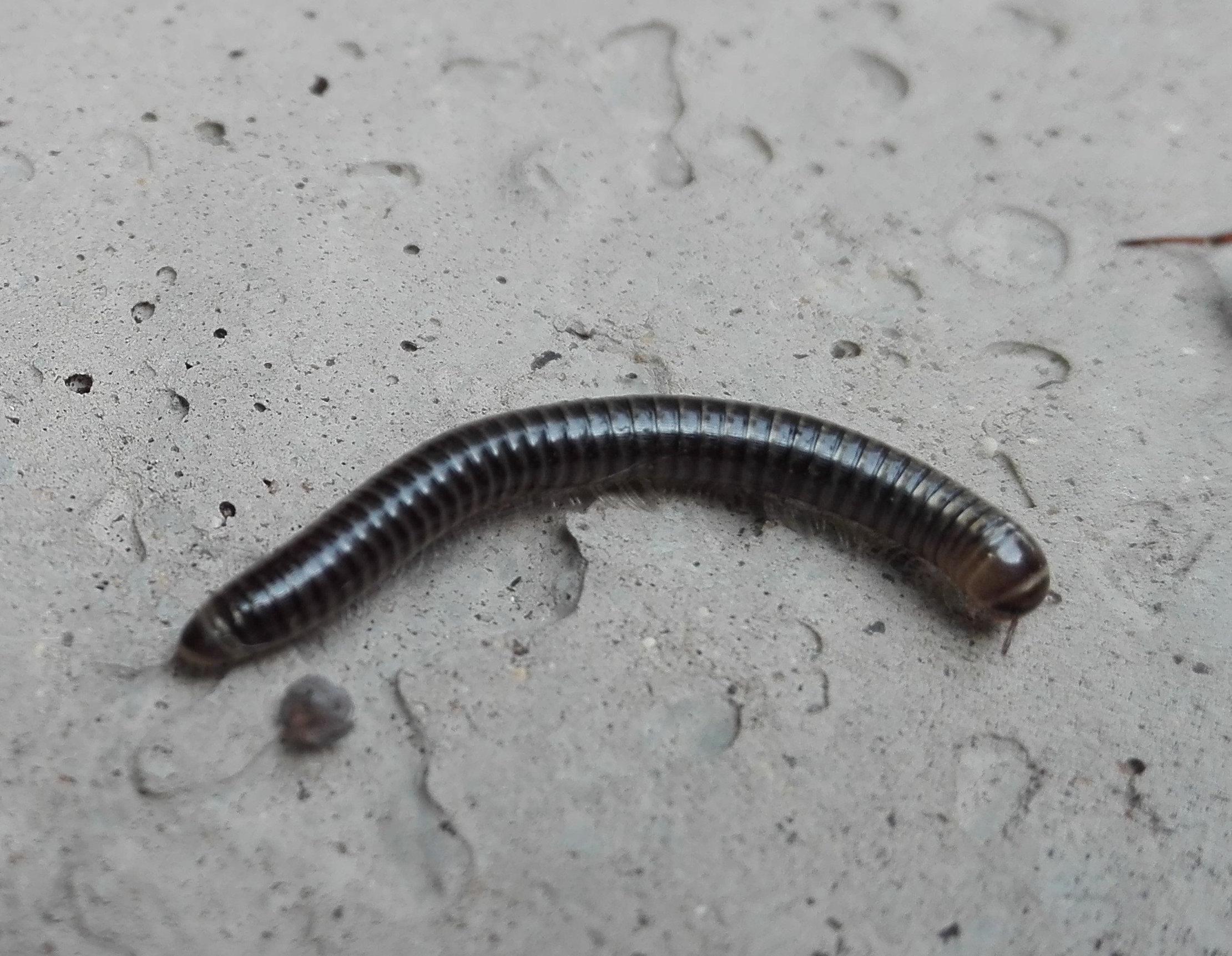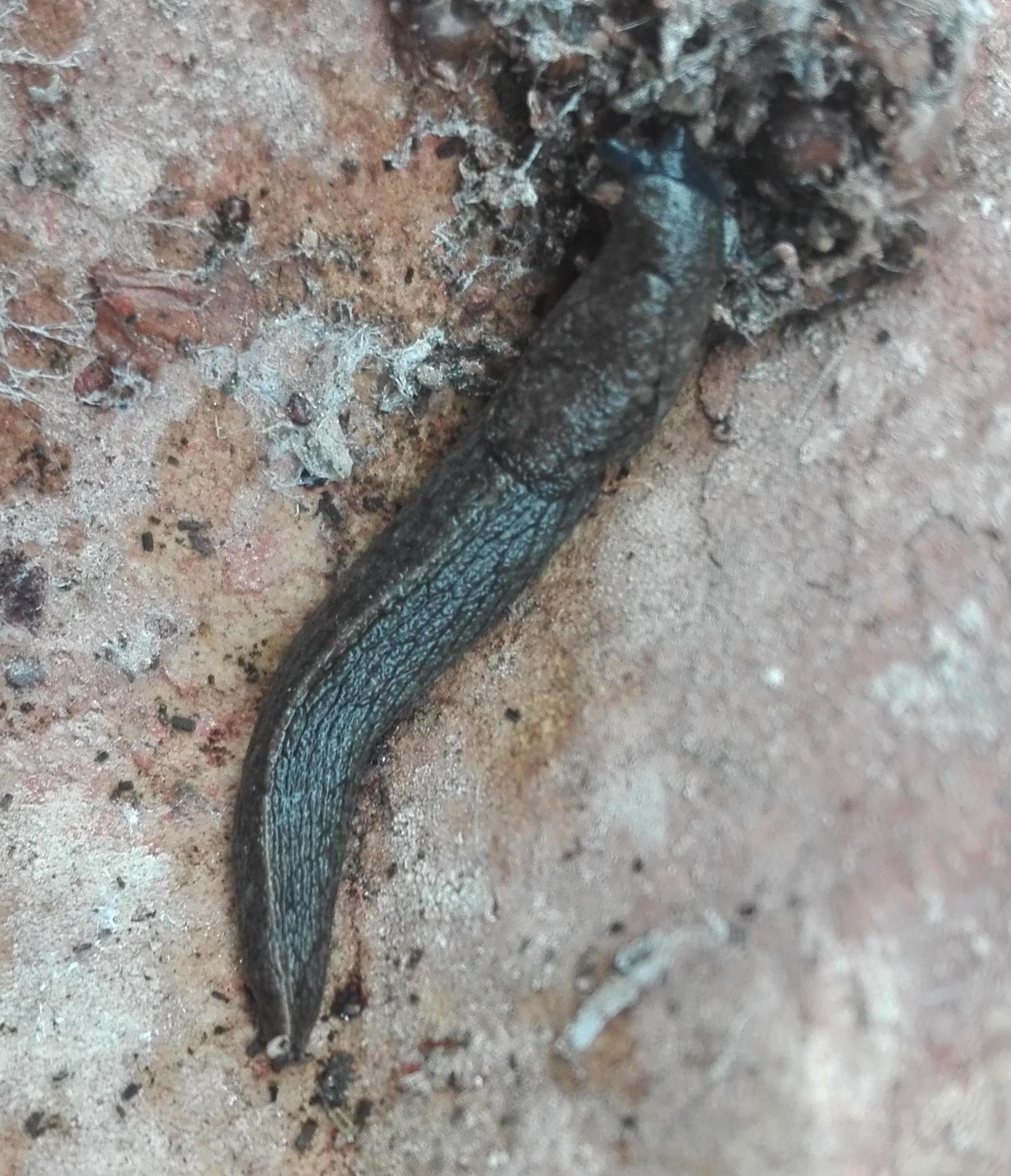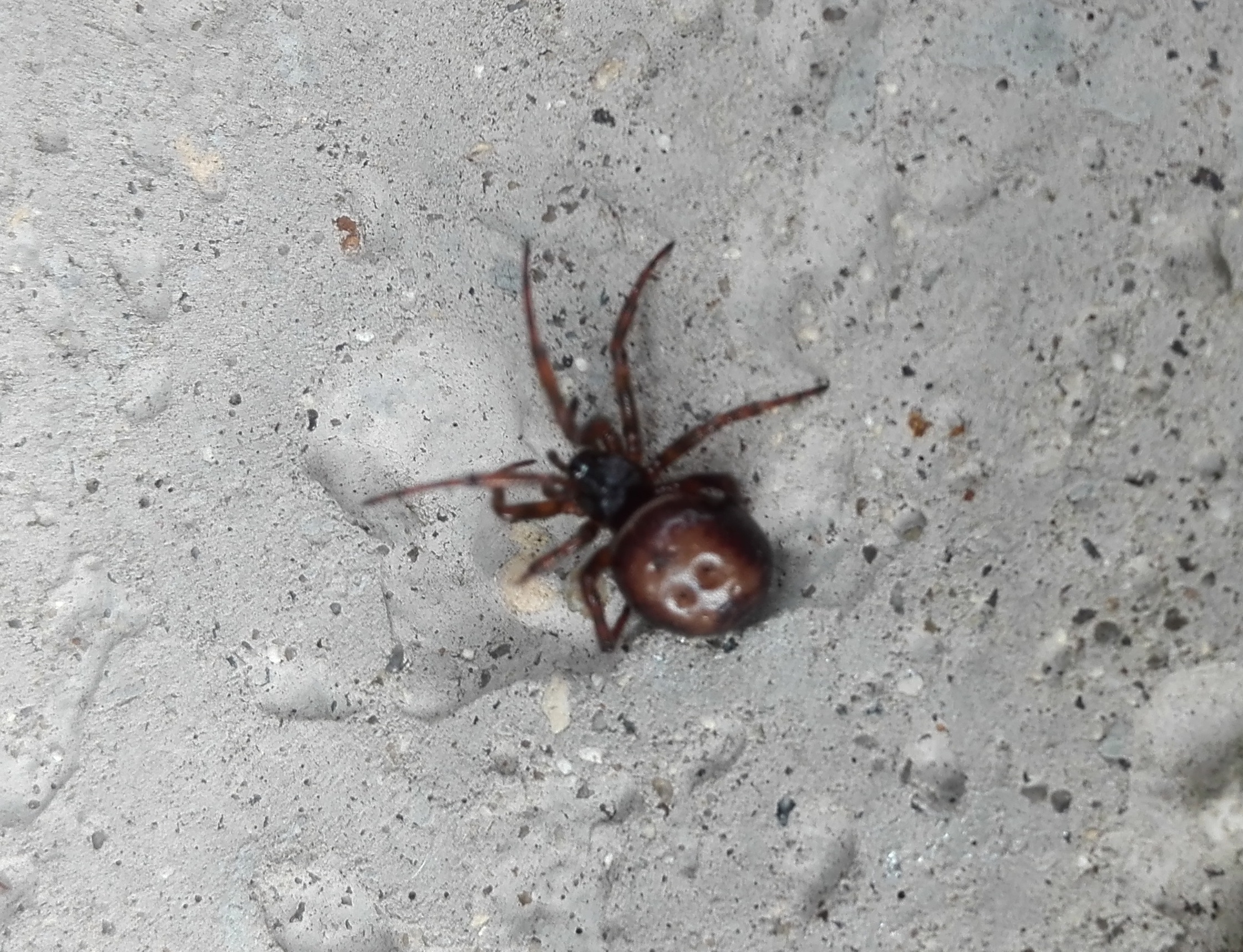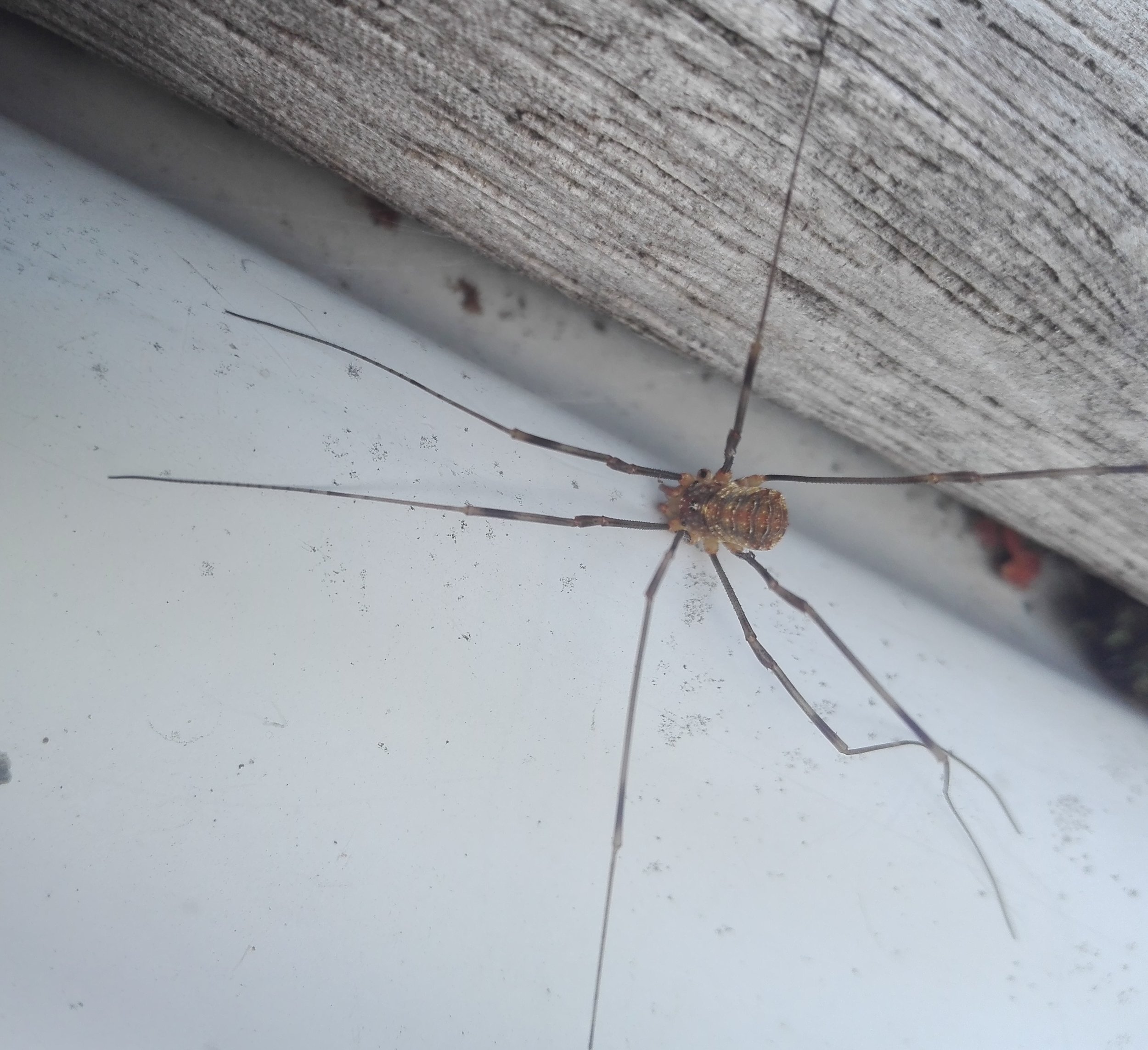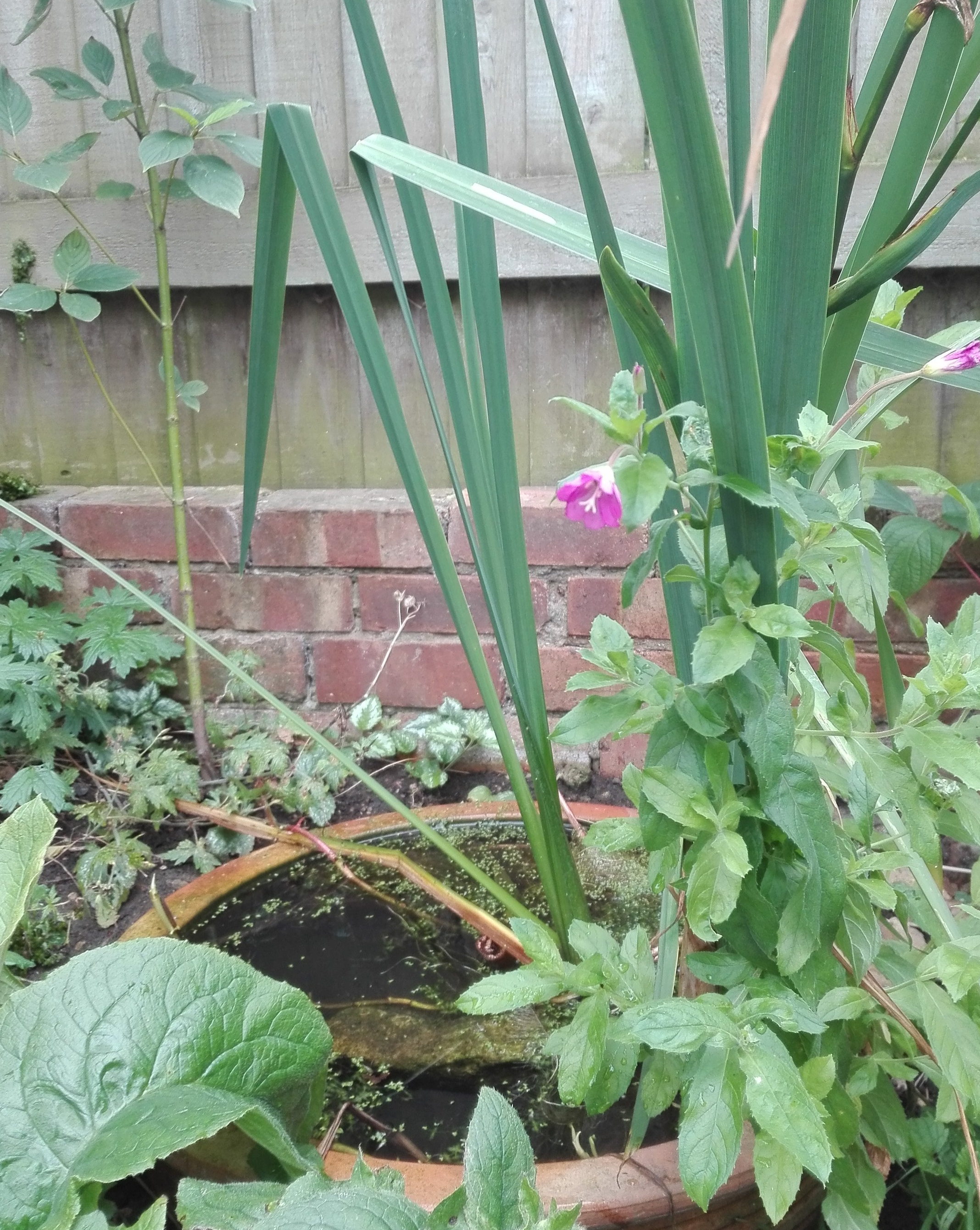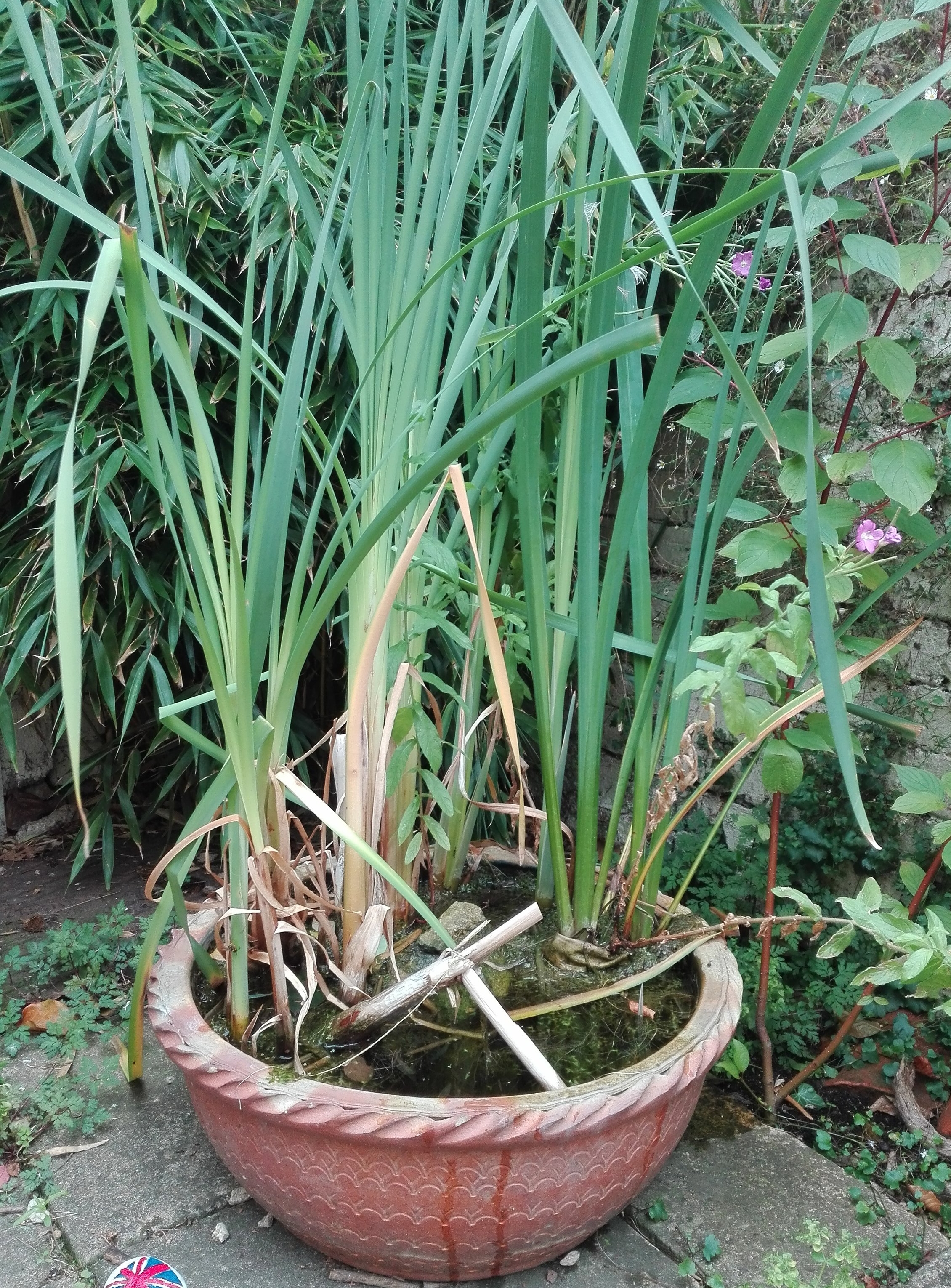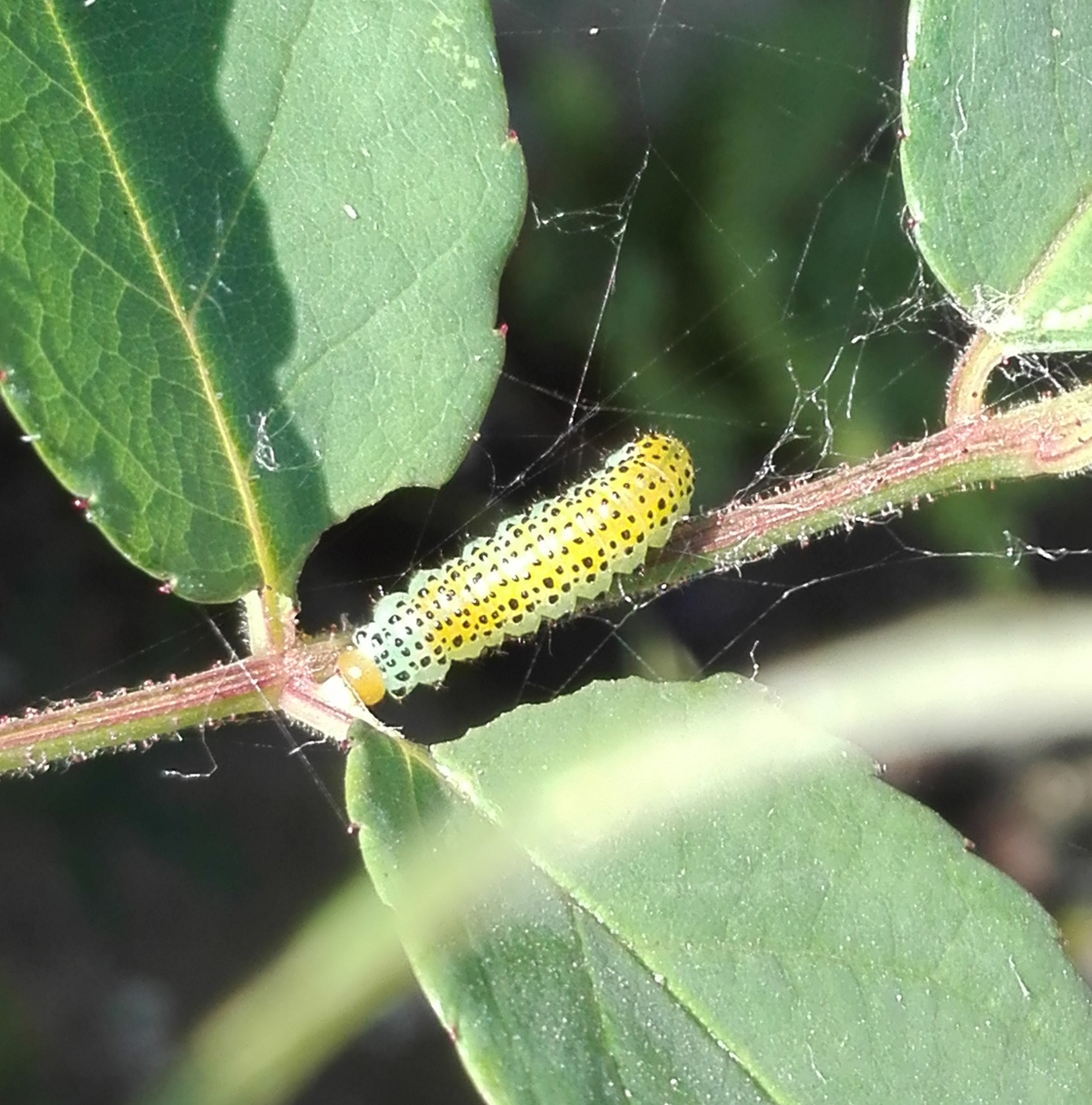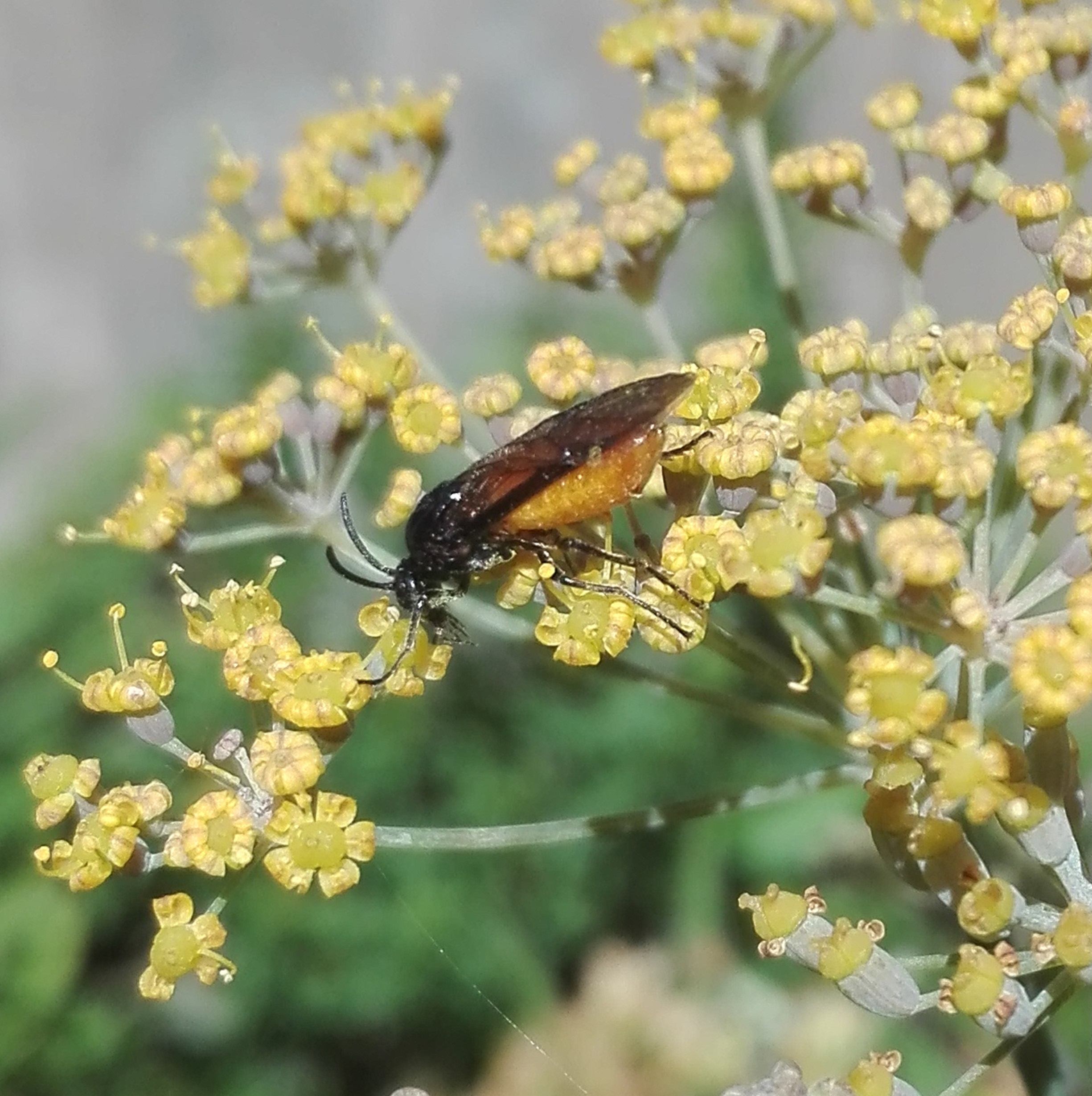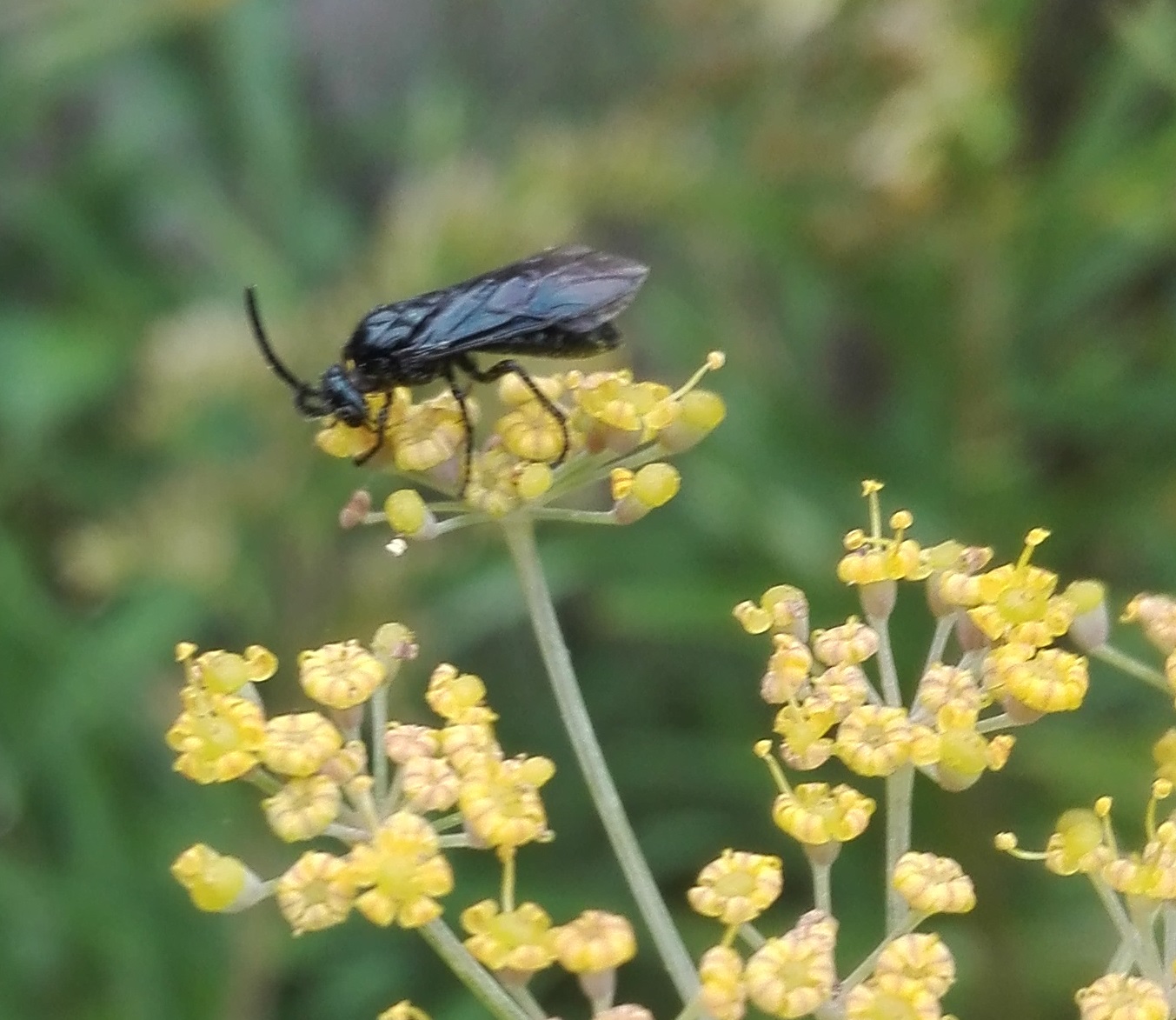Grey Partridges declined in UK by 90% between 1967 and 2008, according to BTO surveys, and are well and truly “Red List” birds While Red-legged Partridges are widespread, often released for game shooting, their native relatives remain scarce and localised in the Cotswolds. It was really interesting therefore to attend a FWAG South West (Farming & Wildlife Advisory Group) meeting at Calmsden Farm near Cirencester, where thanks to focused habitat management the population of Grey Partridges increased from initially 2 to 50+ pairs.
While the business of the farm is profitable arable agriculture, the land is managed very sympathetically for wildlife. In this environment partridges are dependent on having cover for nesting and to avoid predation over the winter period, insects to feed the chicks during the first weeks after hatching and food to survive the winter. The requirements for cover and food are provided by leaving a patchwork of habitats in narrow 3 or 6 meter strips along the field margins and in some cases through the fields. On Calmsden Farm these habitats are really varied, provided by annual, biennial and perennial sown wild flowers, strips of un-ploughed wildflower meadow and raised grassy beetle-banks. The field margin habitats are not natural, but instead are custom designed to provide for the year-round needs of partridges, such that they can breed successfully and maintain low mortality. Predators are controlled during the breeding season, especially foxes, rats, stoats and crows, and supplemental grain (laced with anti-worm medicine) is provided at feeding stations over the winter. Other practices, like drilling autumn sown oil-seed rape directly into the stubble from the previous grain crop and maintaining hedges over a multi-year cycle, also benefit the resident wildlife. The succession of planting and cutting ensures the field margins provide cover and feeding opportunity at all times, avoiding a situation where birds are left vulnerable to foxes and avian predators such as sparrowhawks.
This dedication to preserving Grey Partridges, which are not hunted on this farm, has been hugely successful. However, it doesn’t just benefit them, but also many other farmland species. For our visit the partridges were (ironically) keeping a low profile - maybe too much cover! - but I did see Roe Deer, Brown Hares, Yellowhammers, Skylark, Stock Dove, flocks of Linnets, Goldfinches, Swallows and Meadow Pipits, Buzzard and Red Kite. All in a short walk over a few of the fields.
I left feeling really optimistic that, with planning, expertise from bodies like FWAG and some financial support from government, farmers really can reverse some declines of farmland wildlife, while at the same time still maintaining viable businesses and feeding us.

